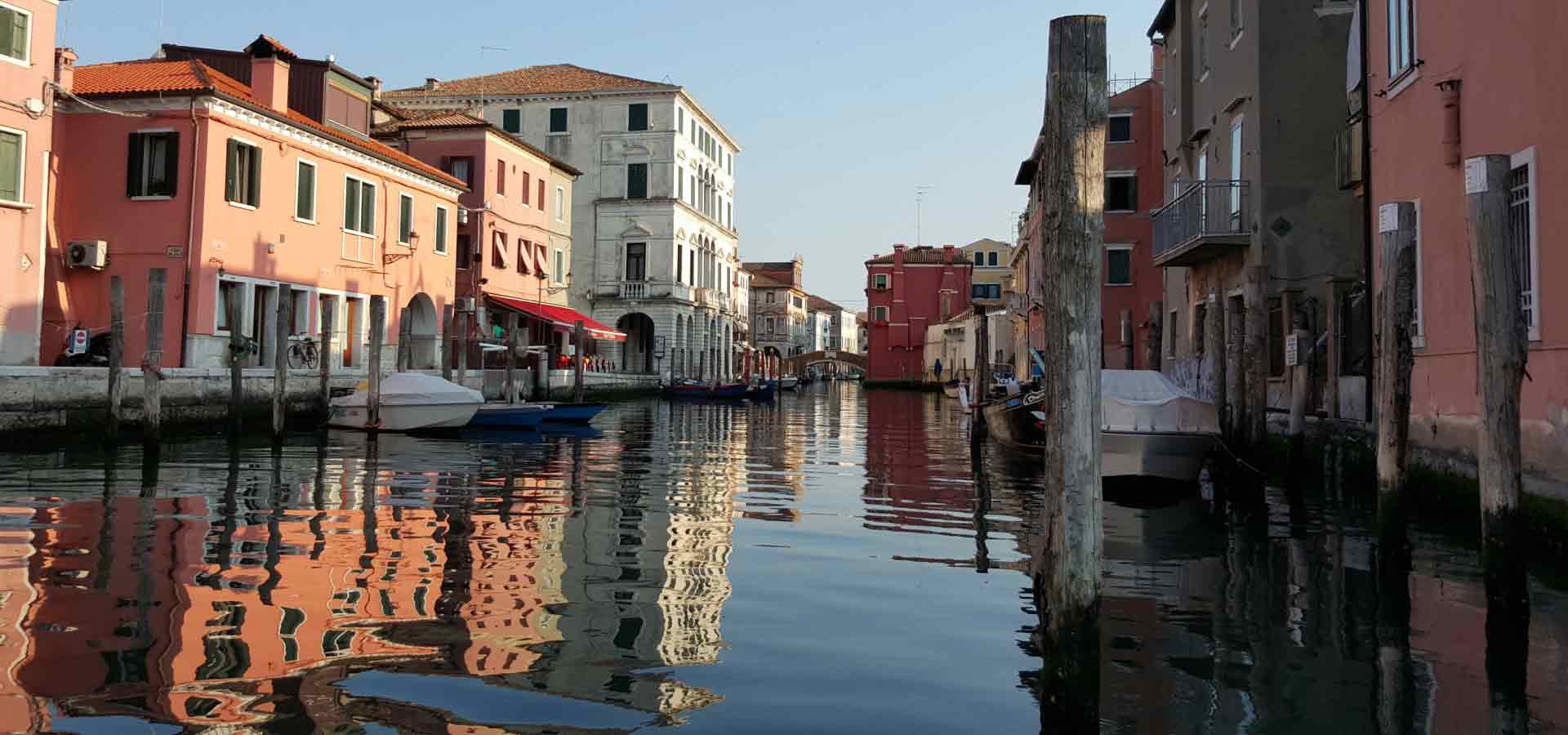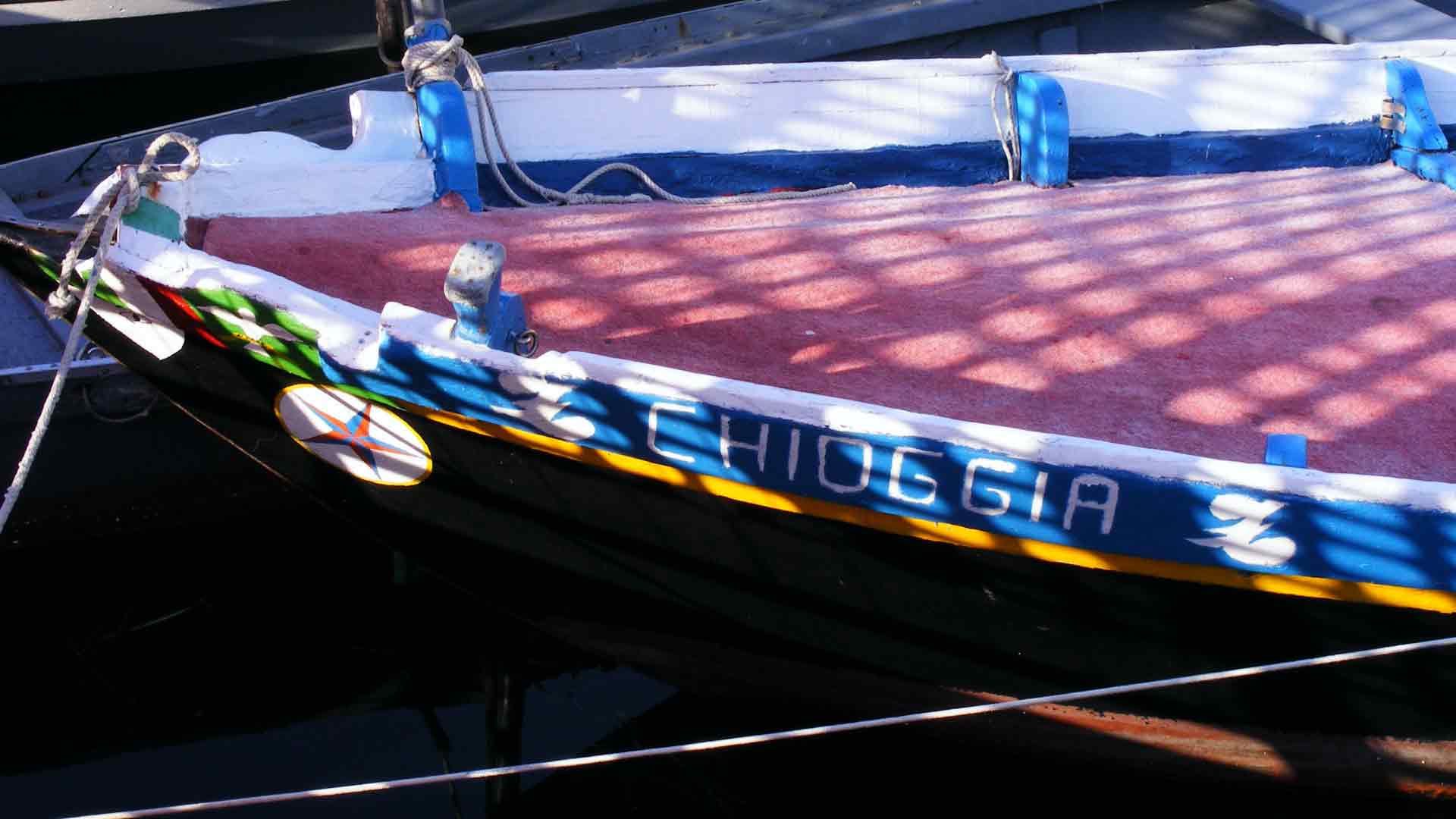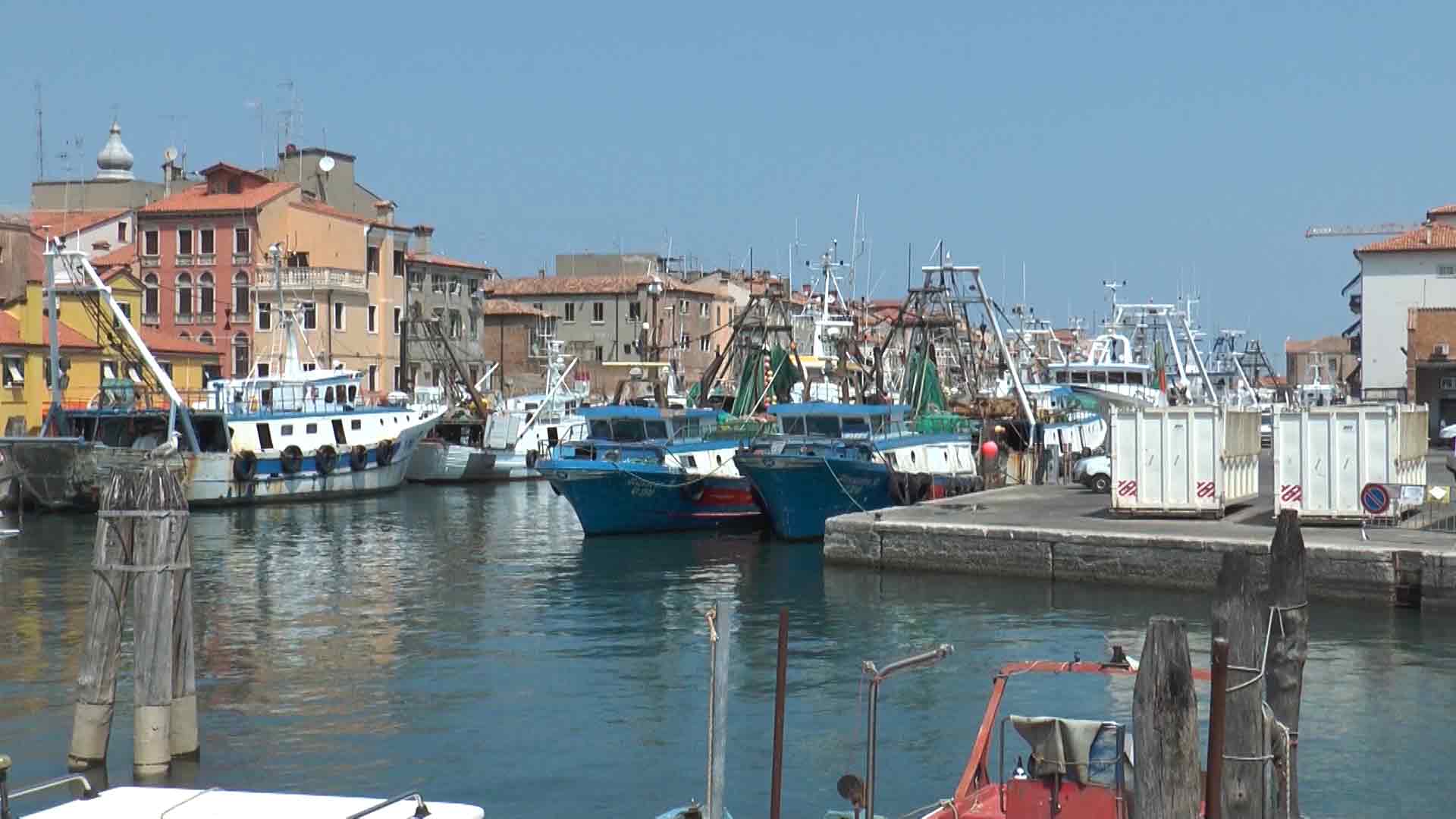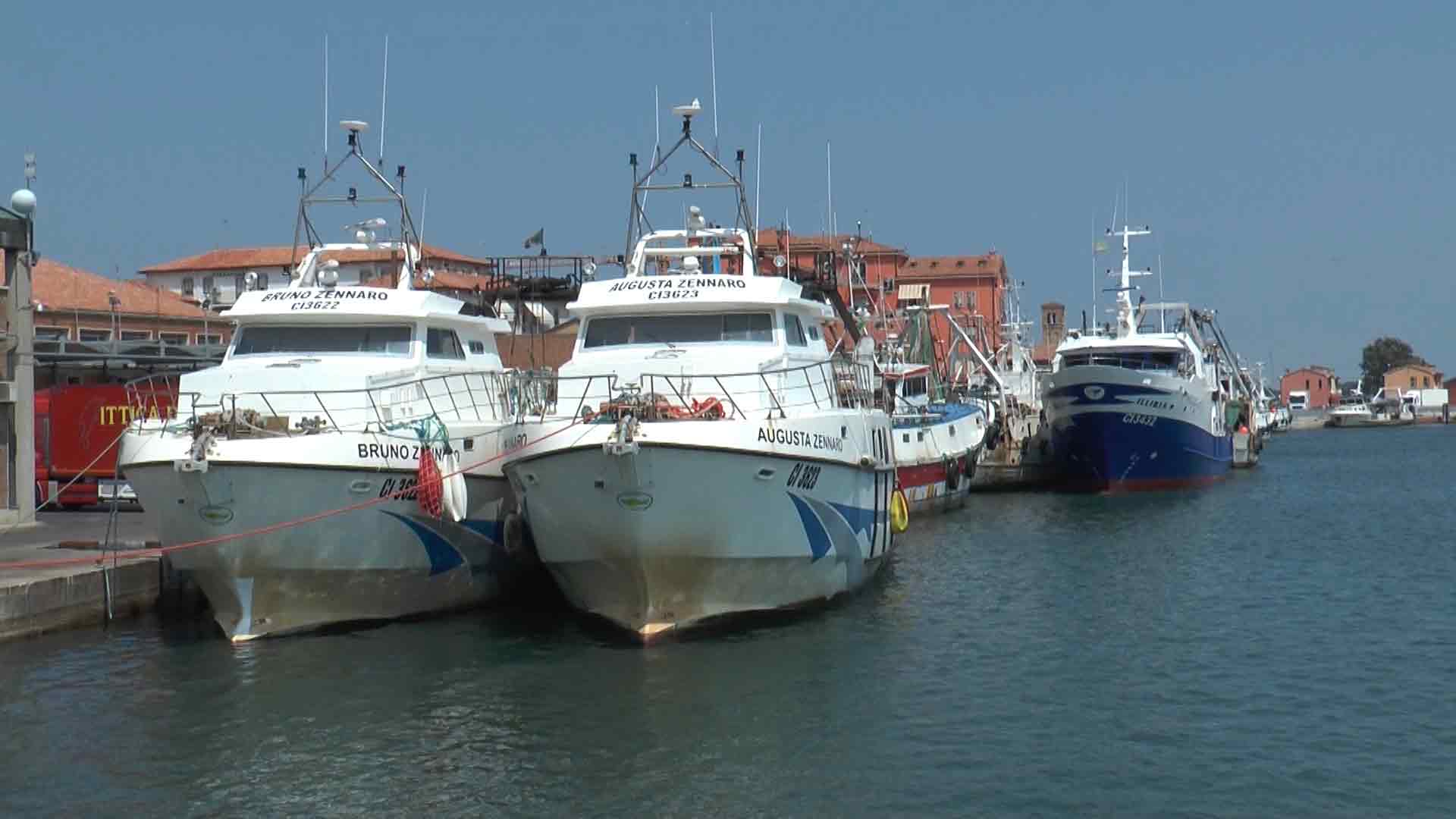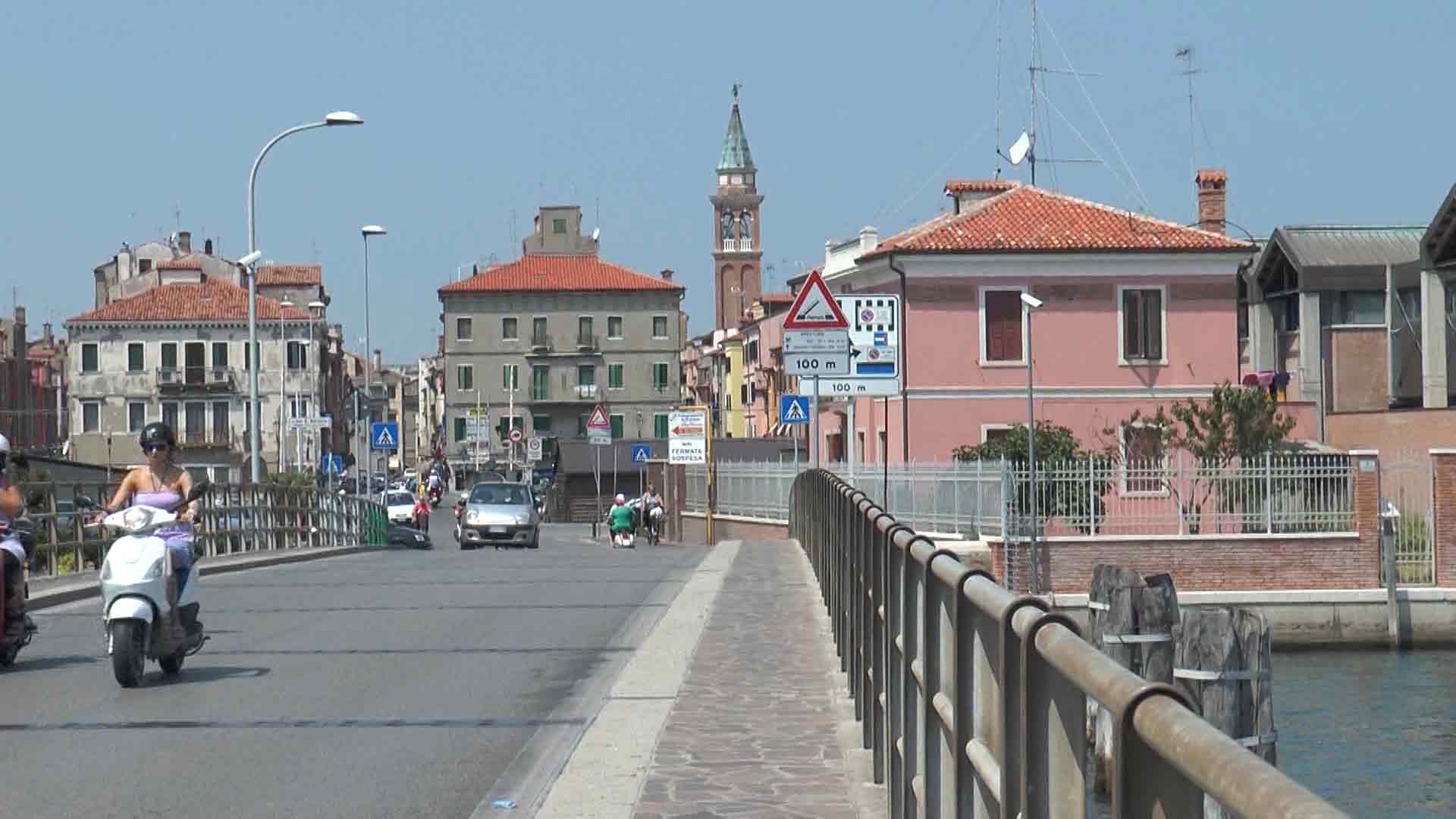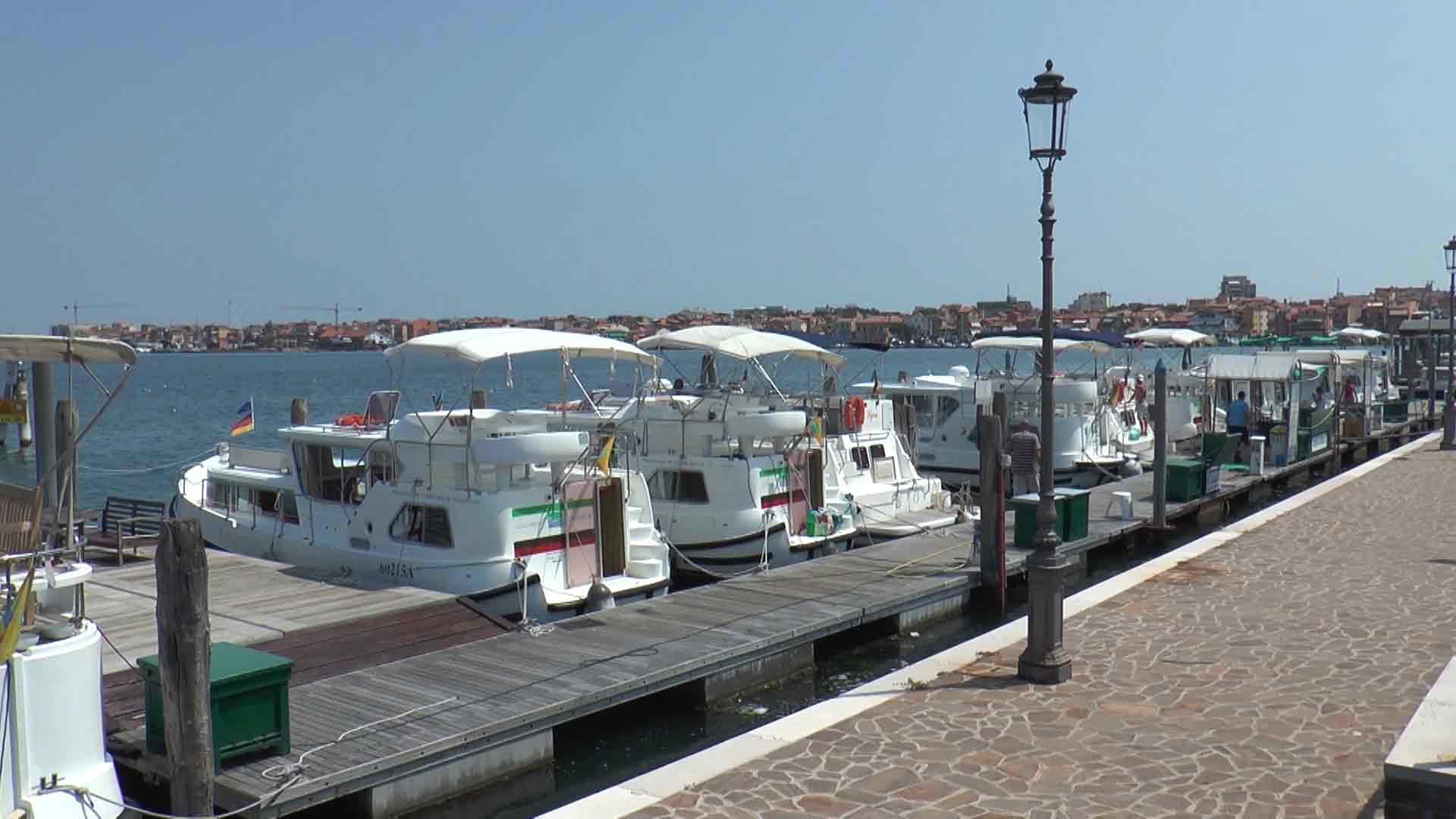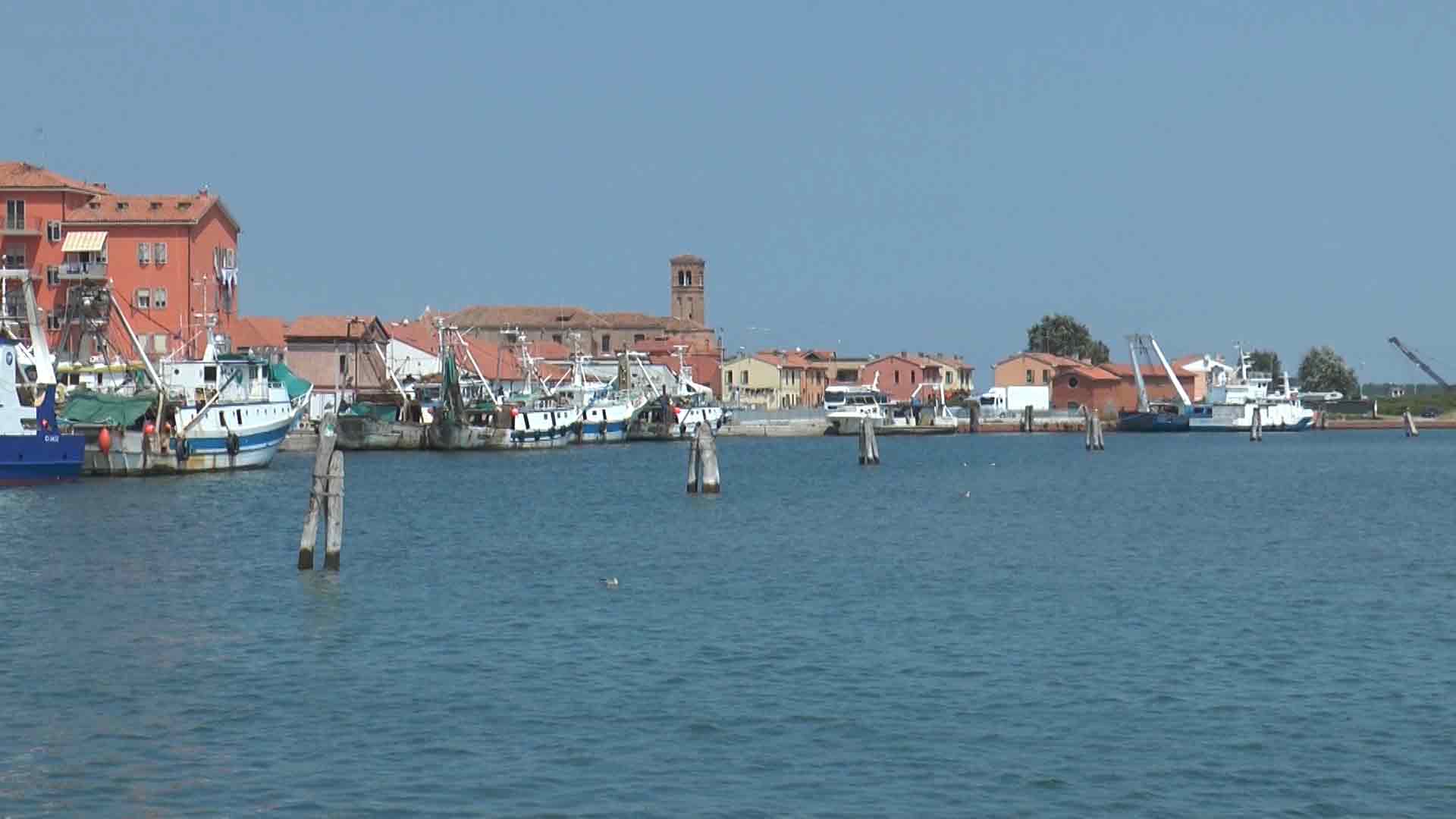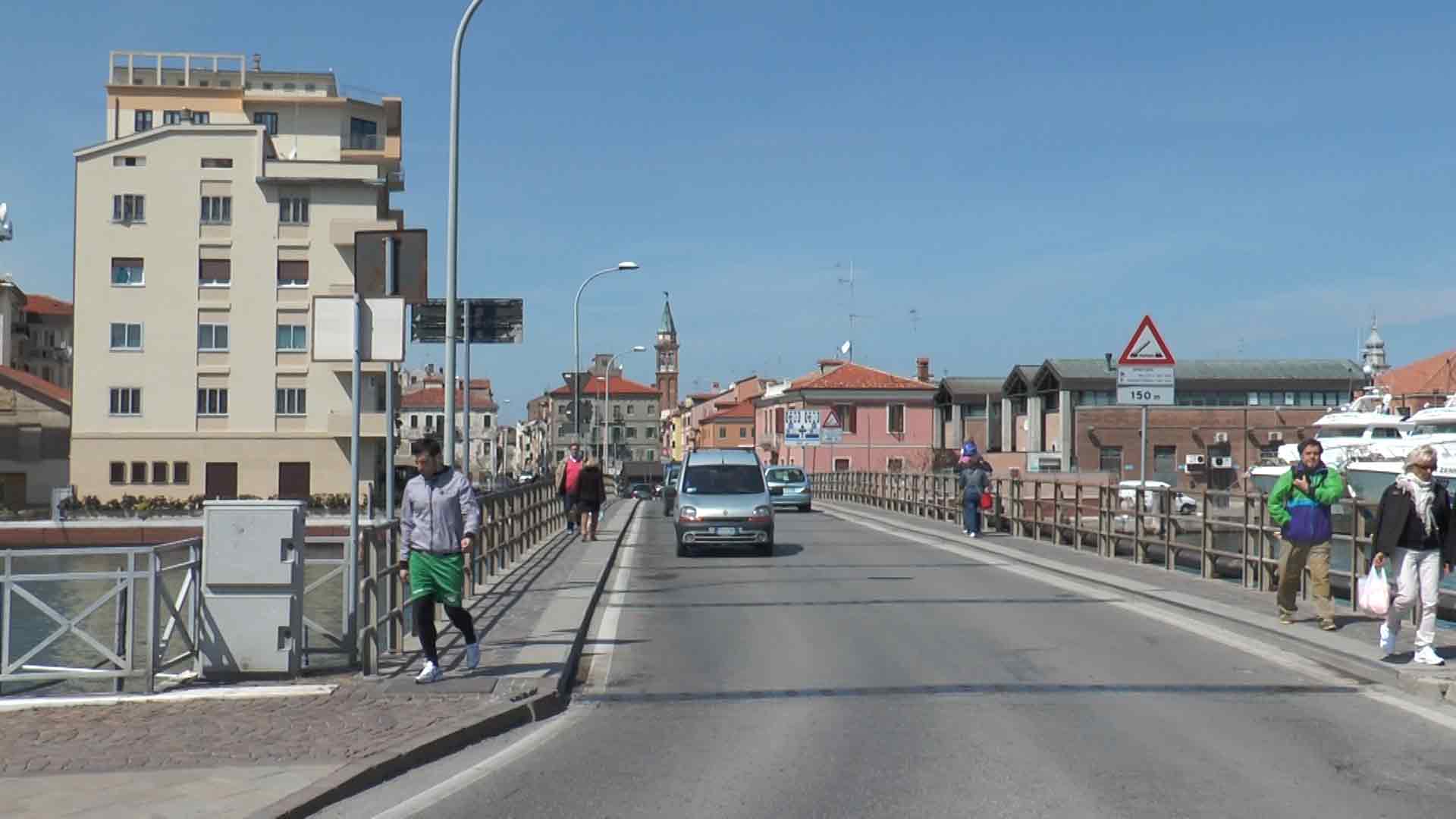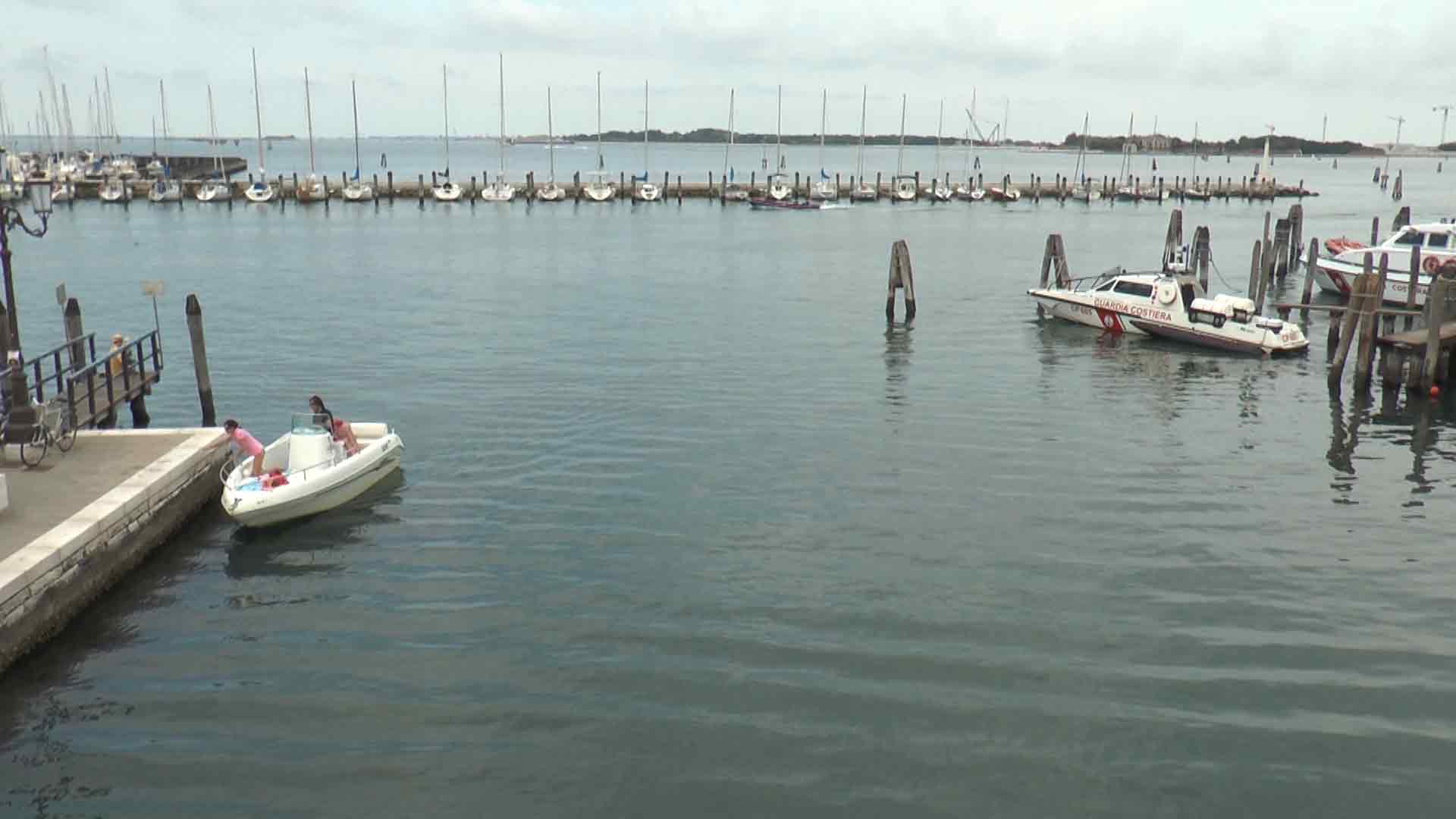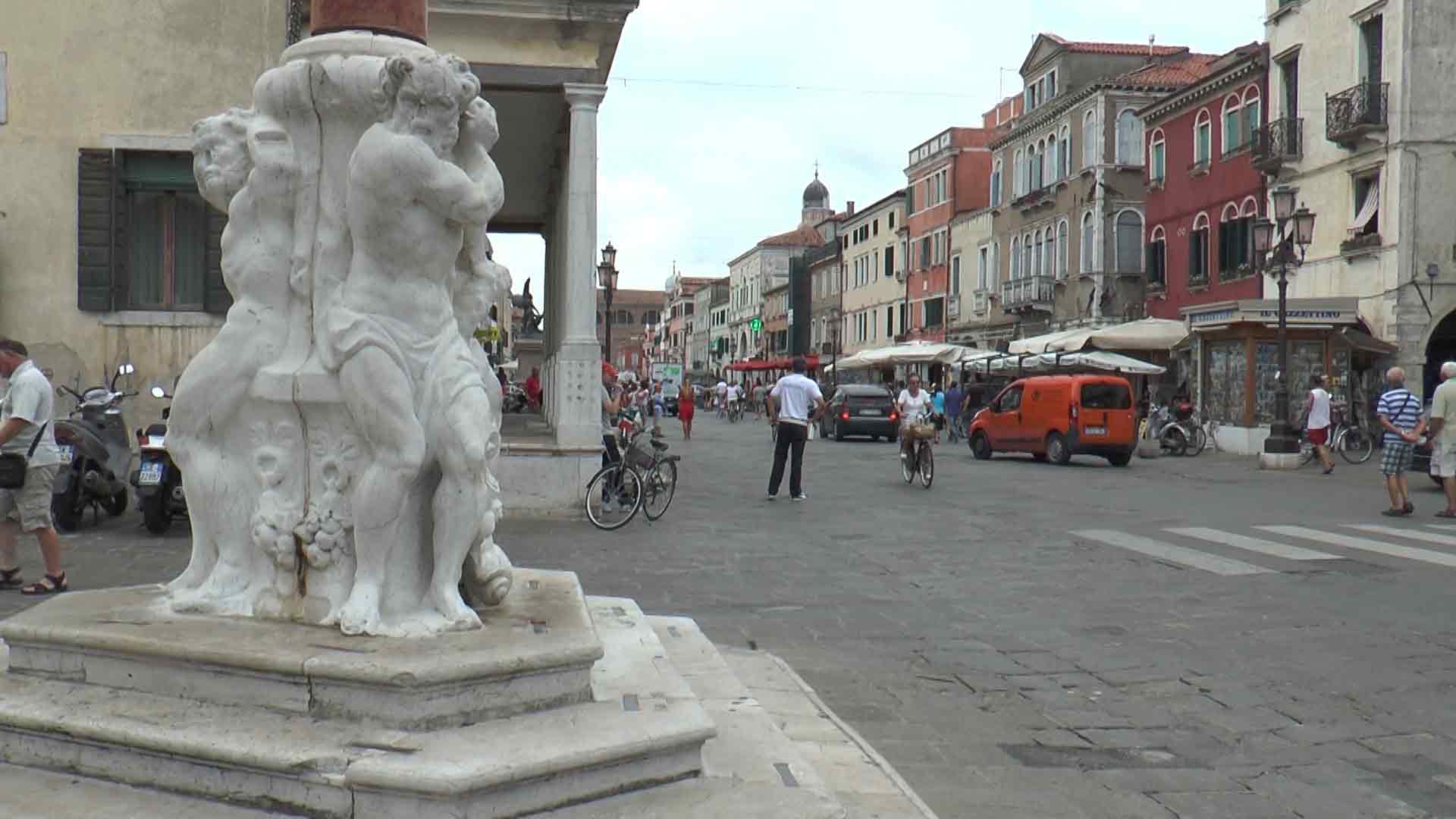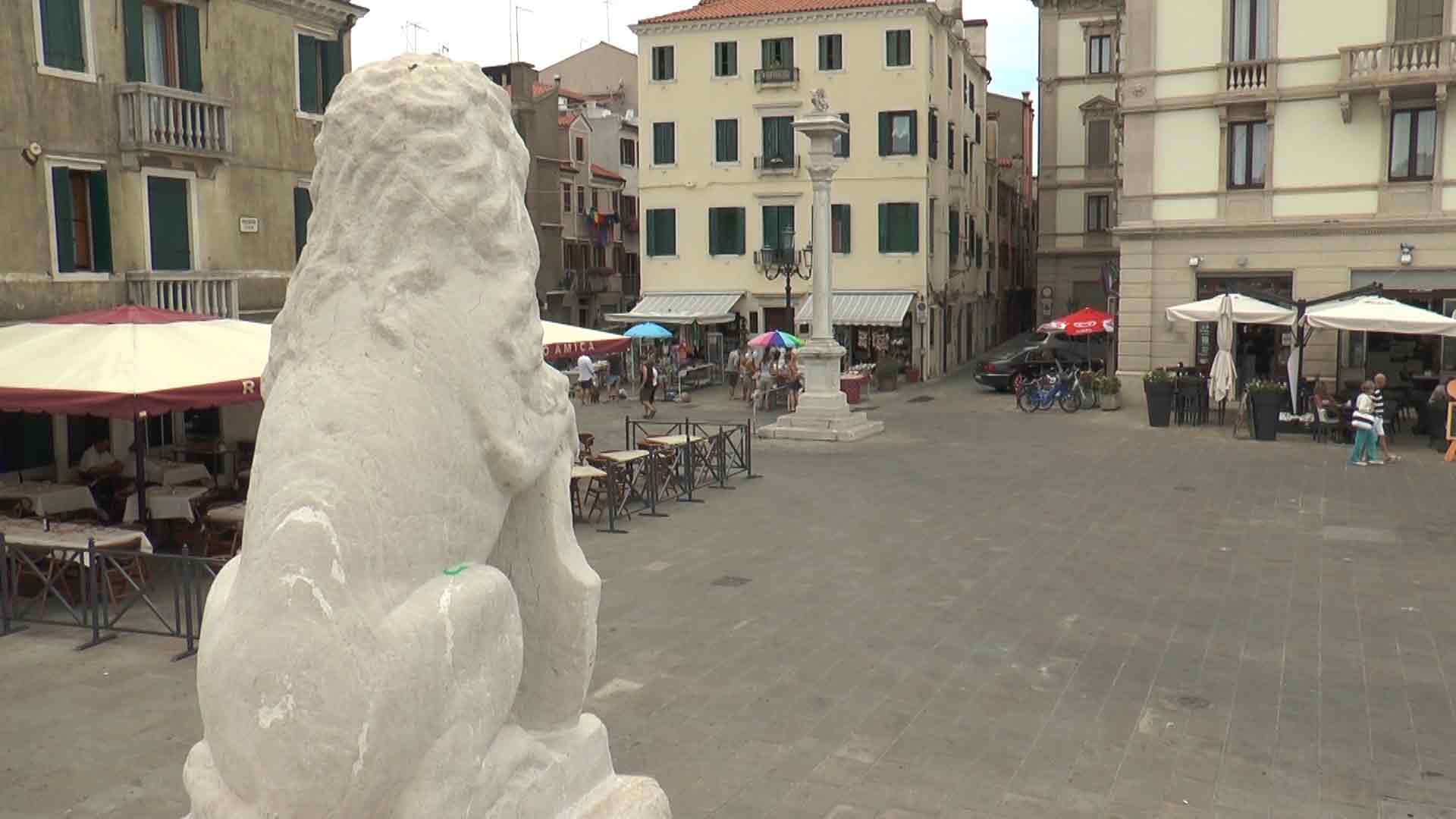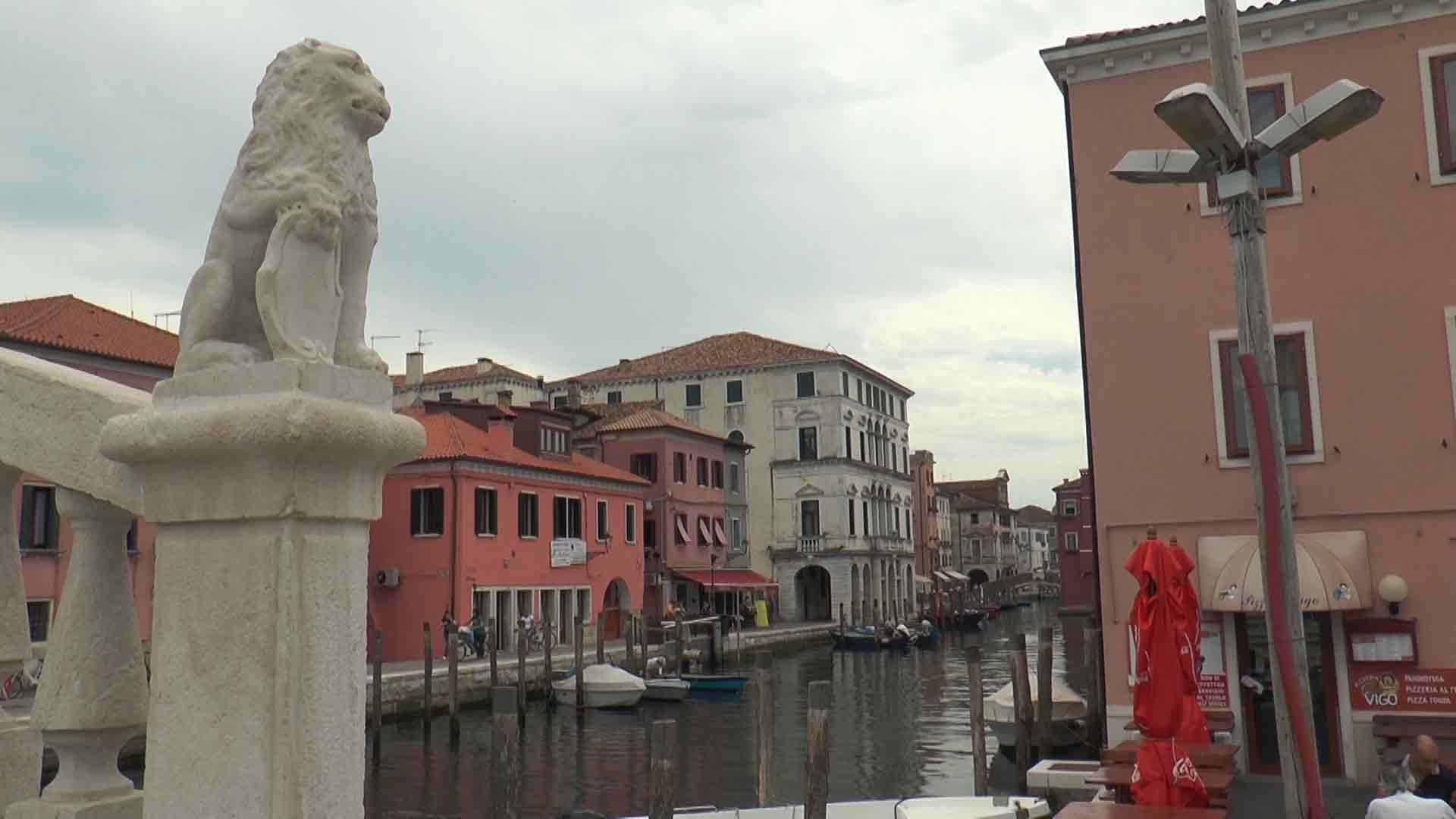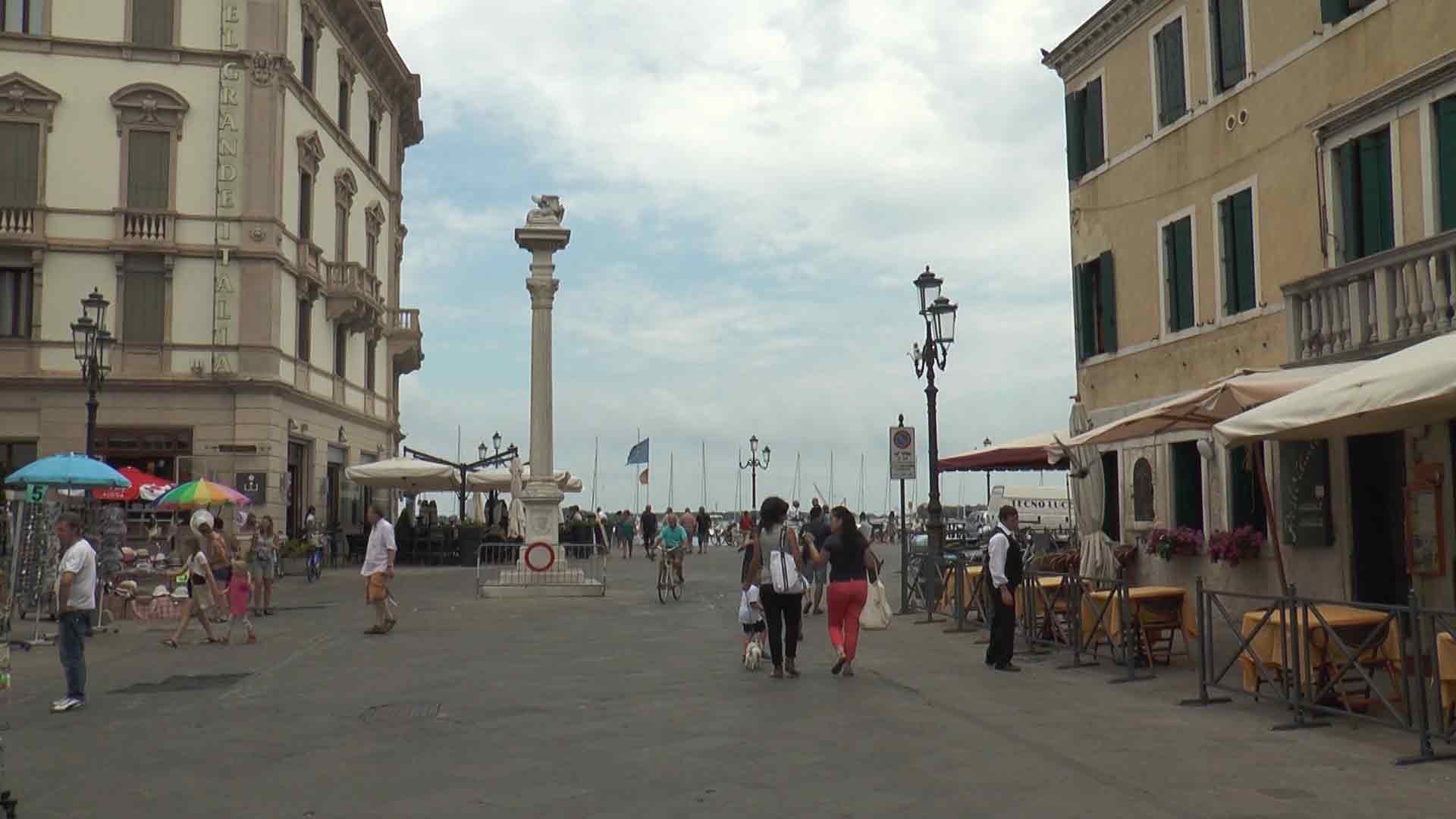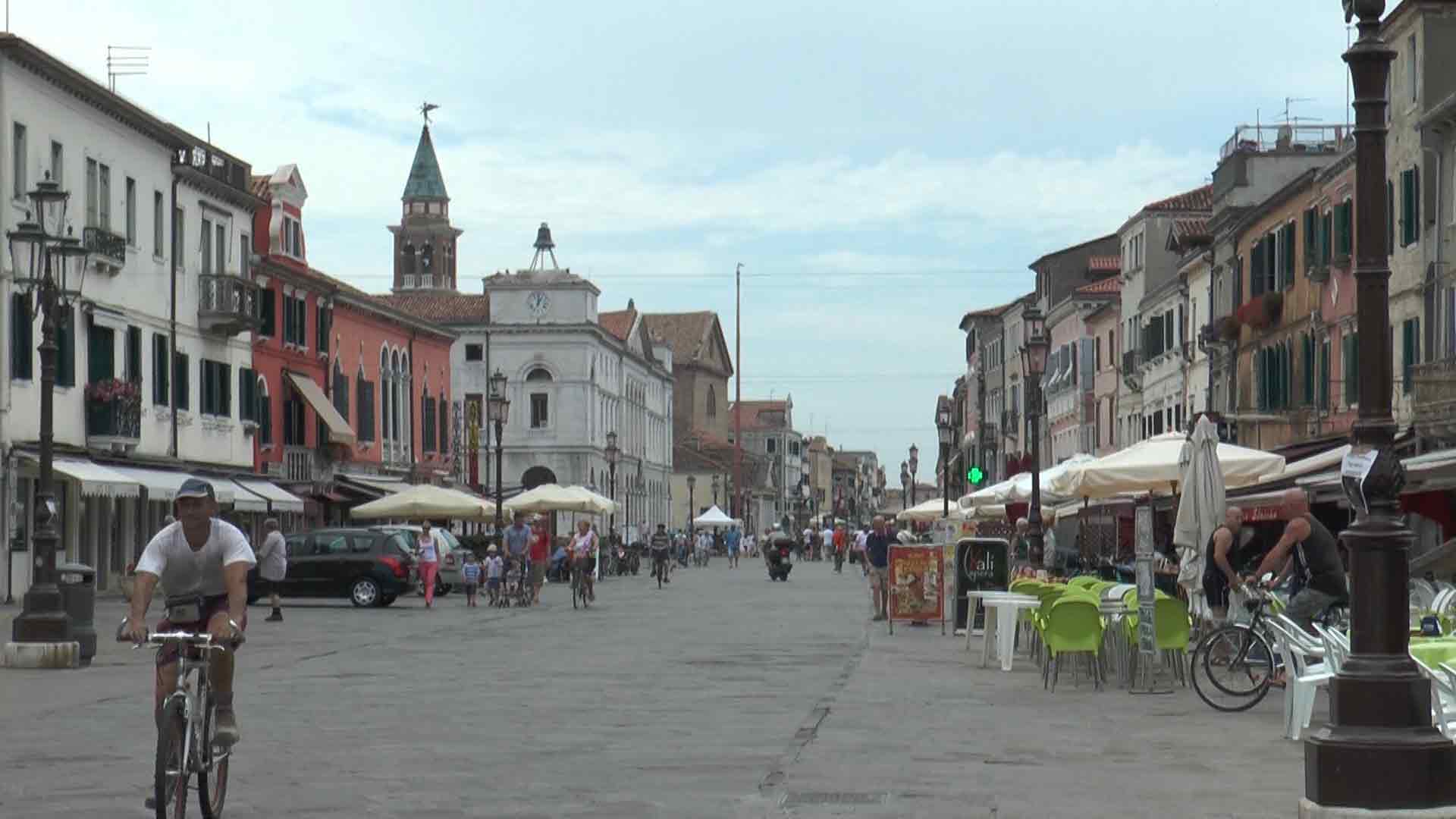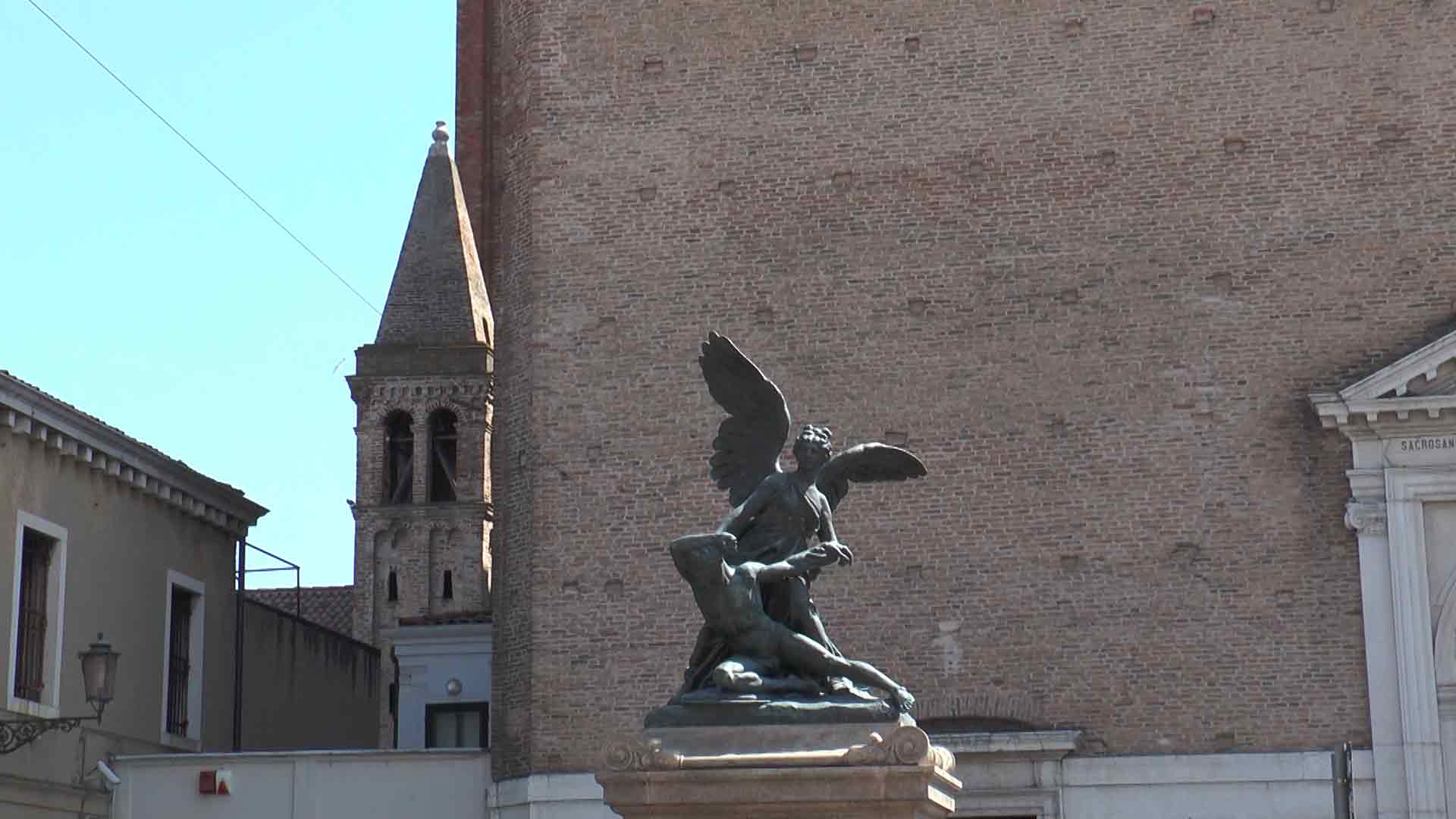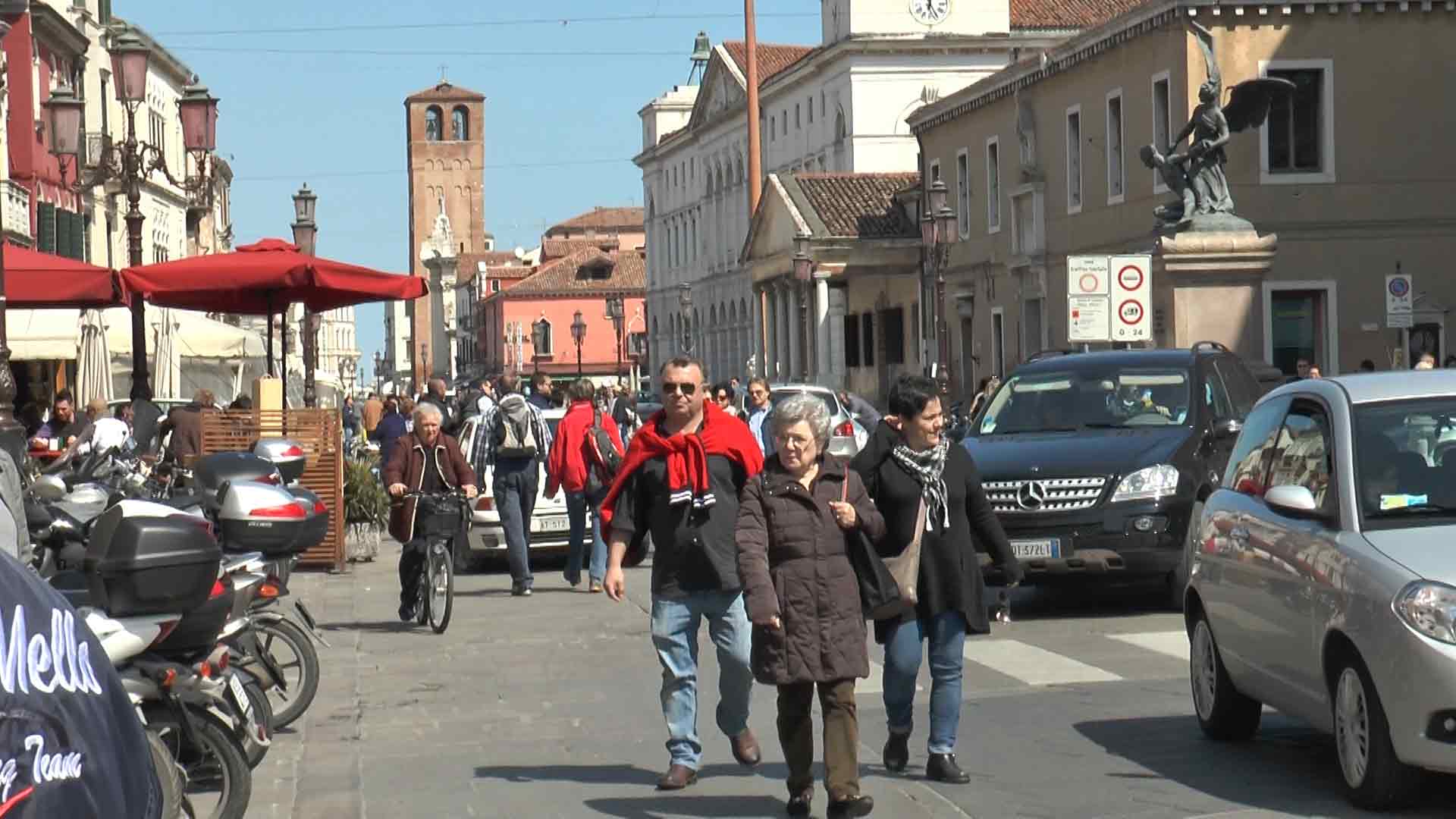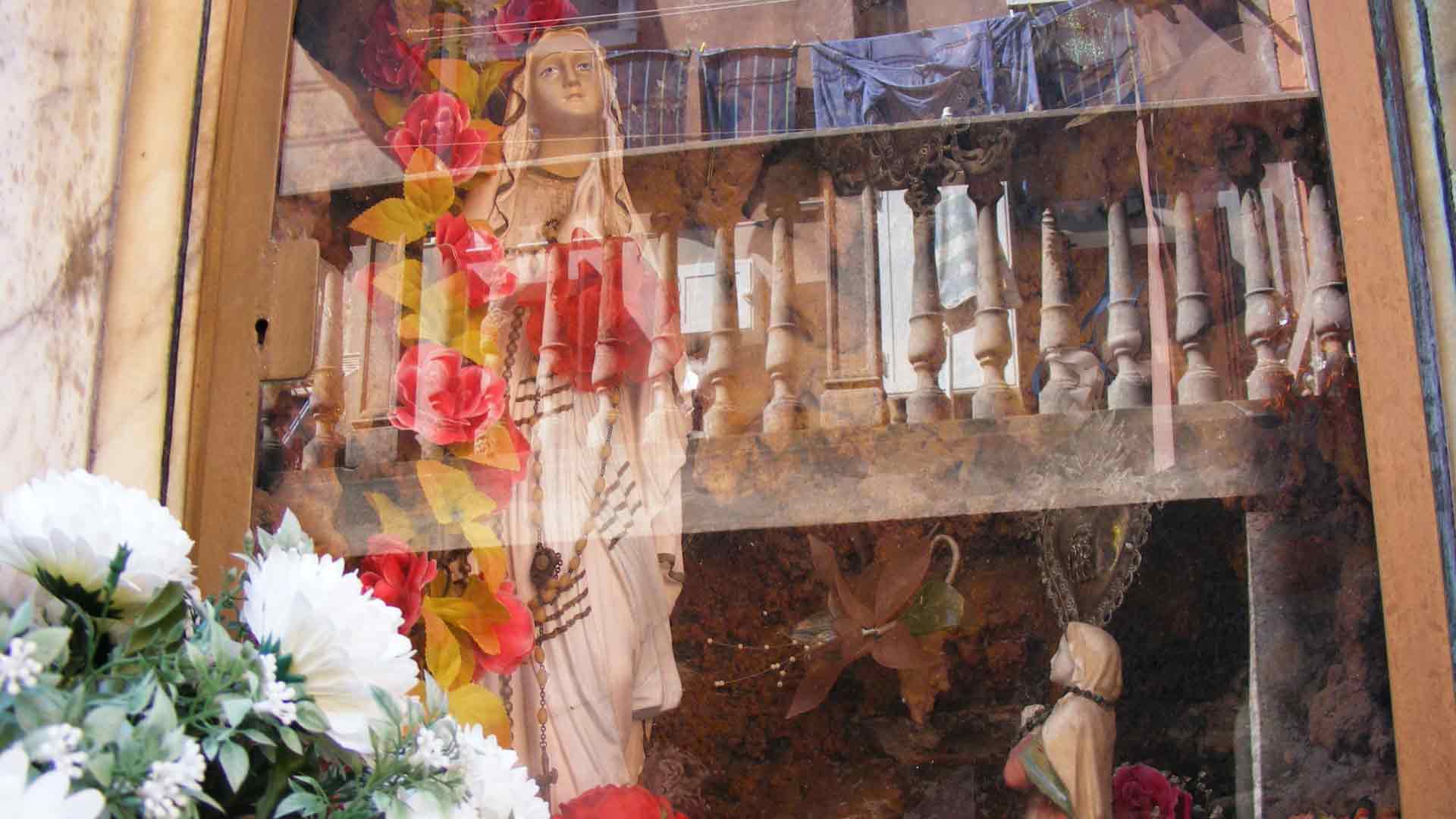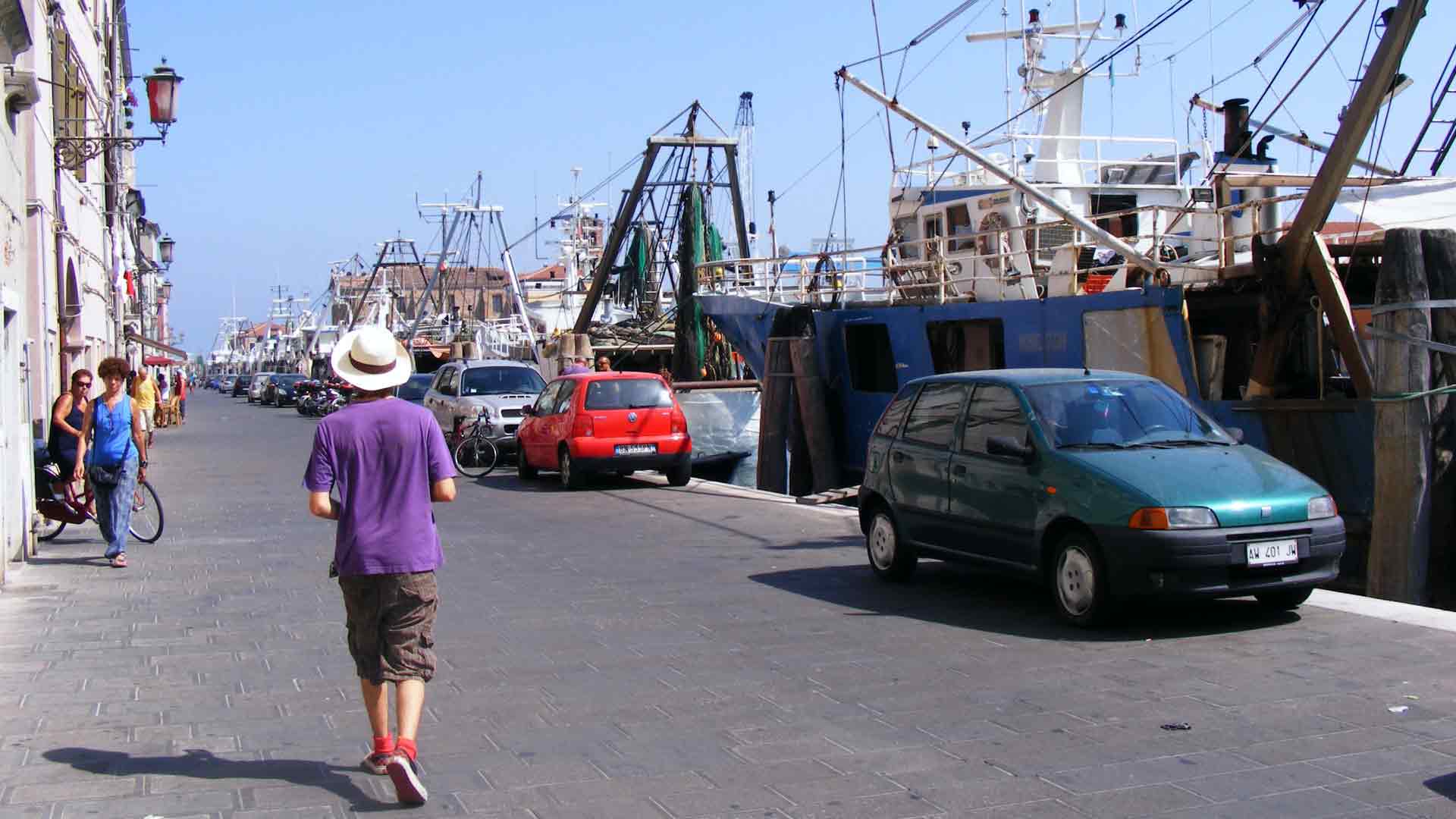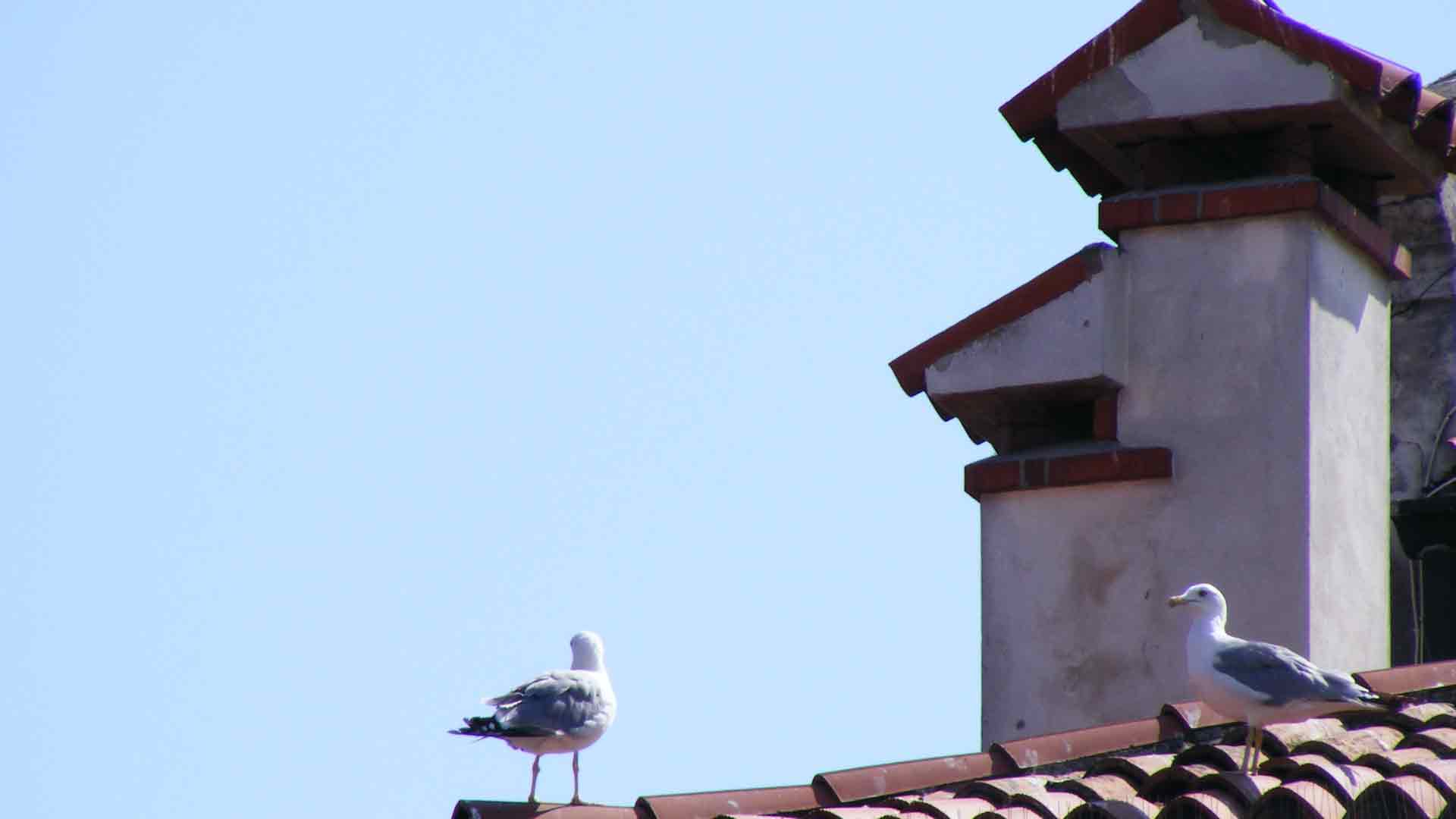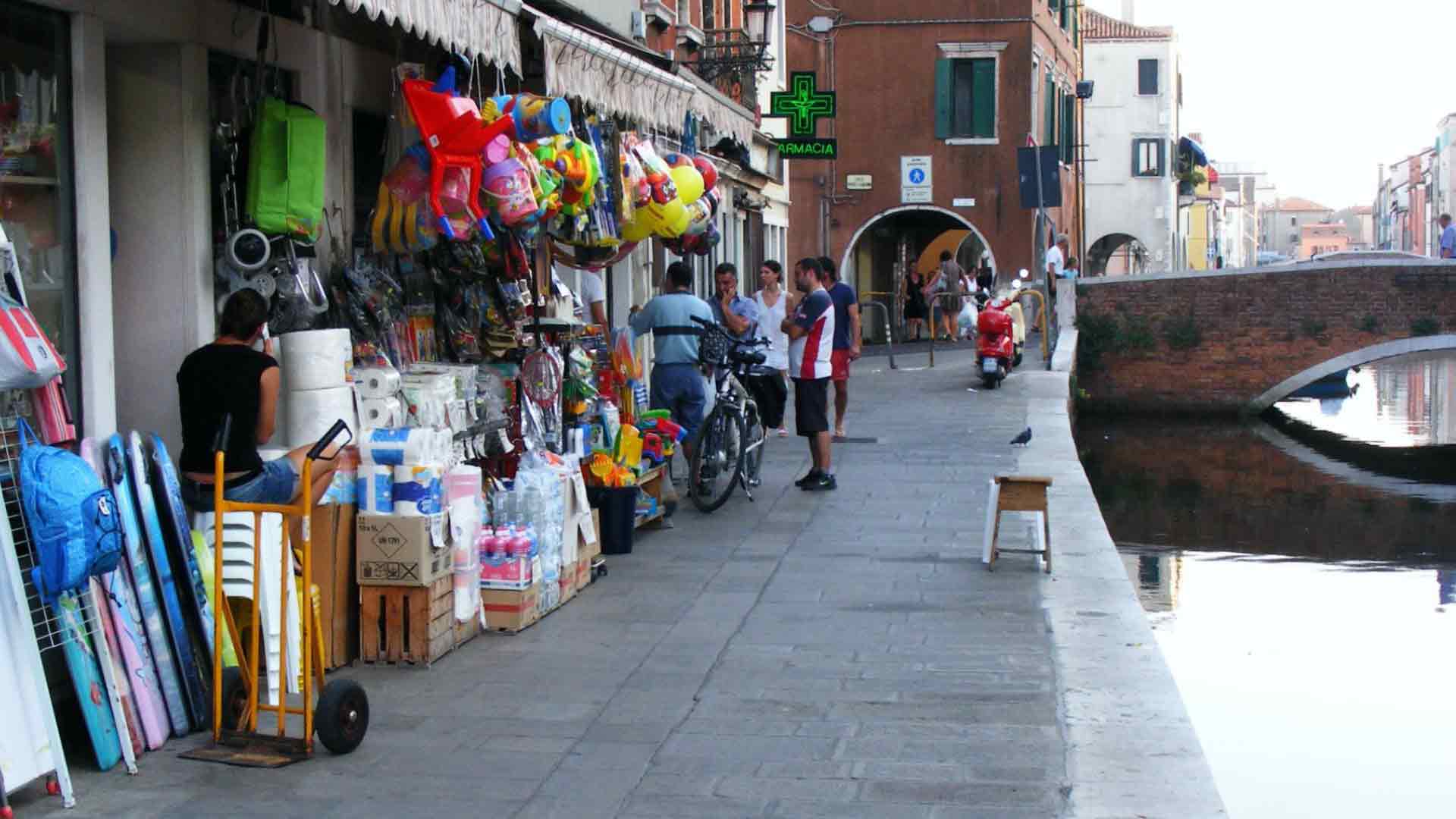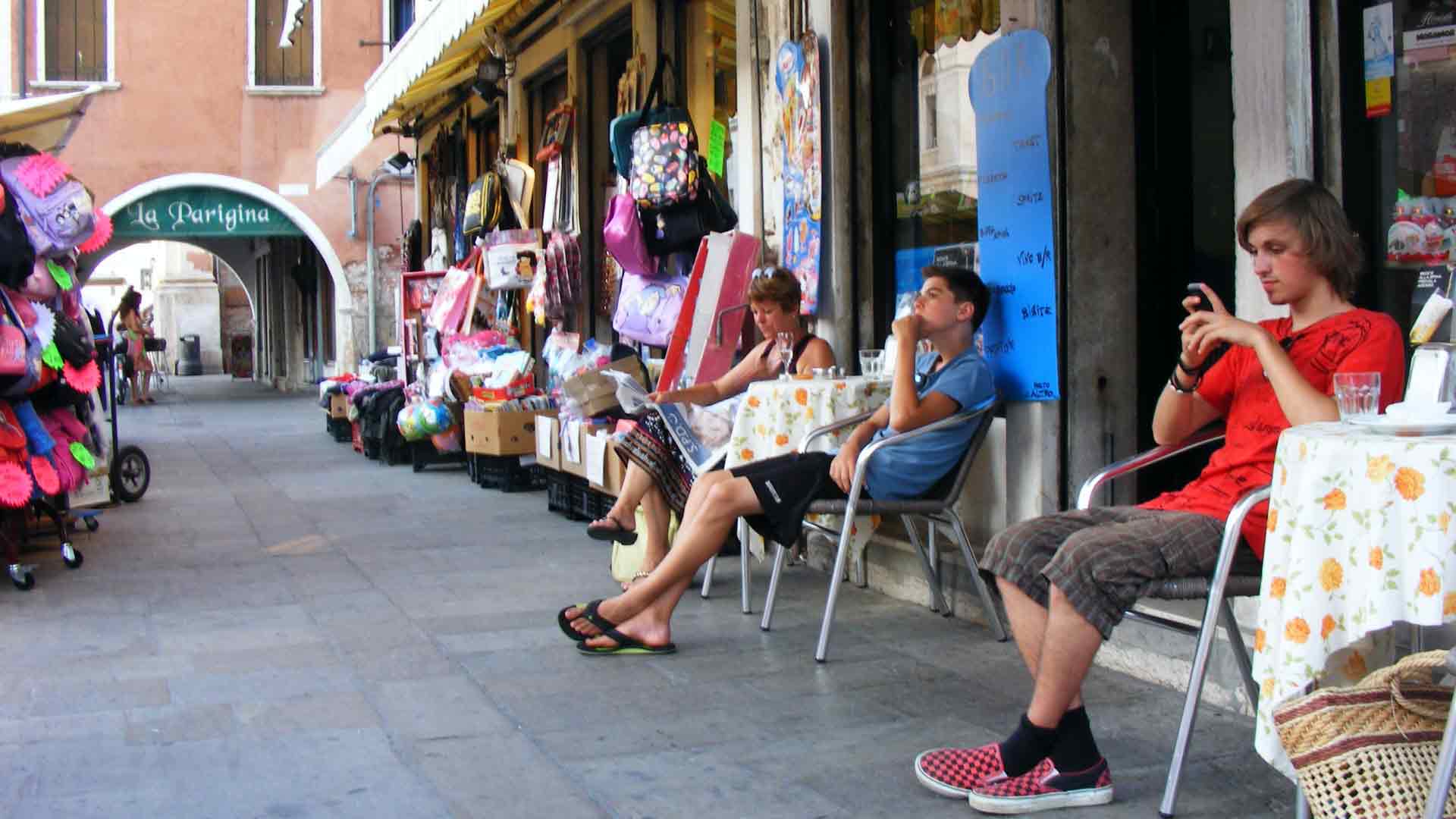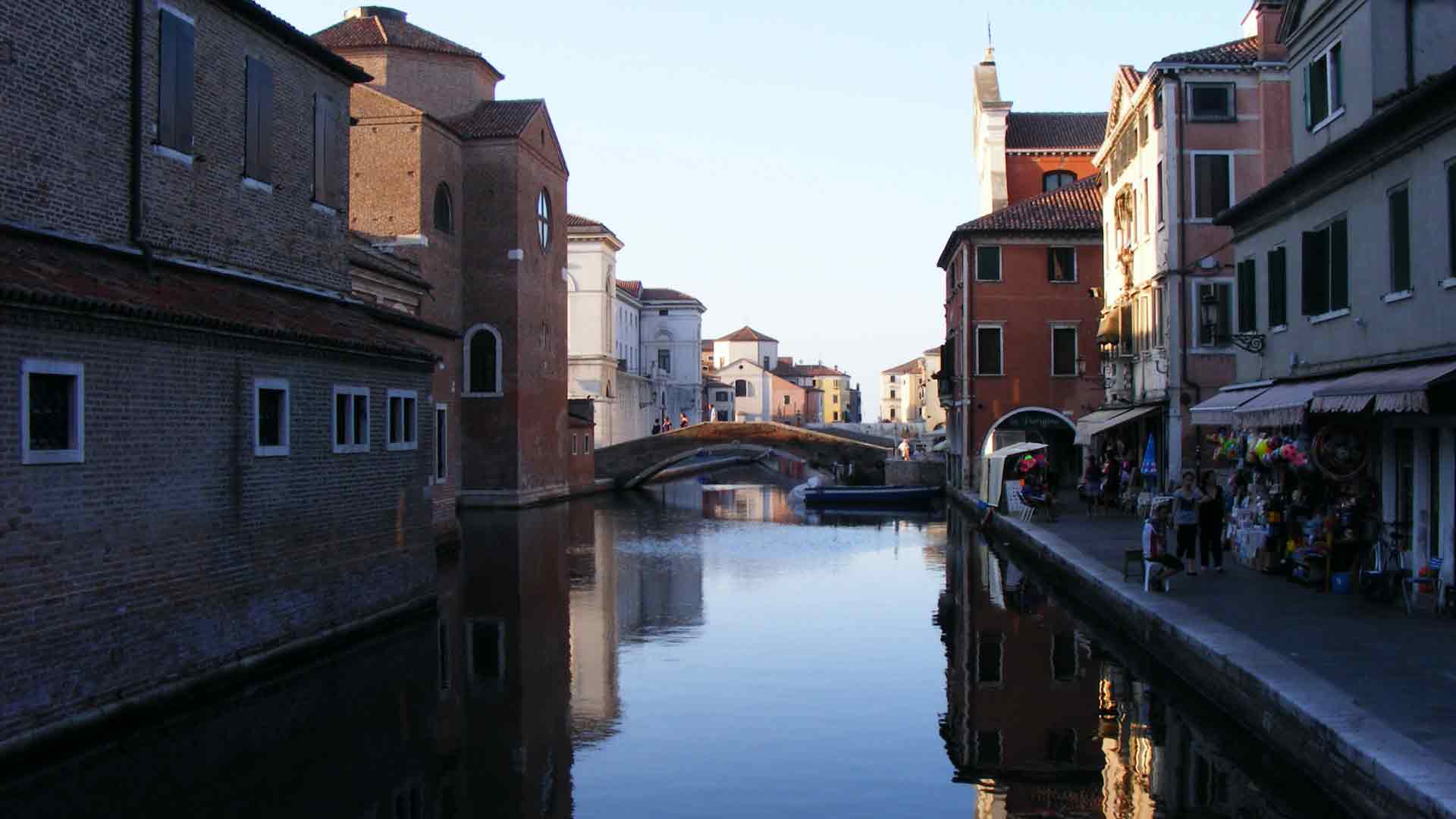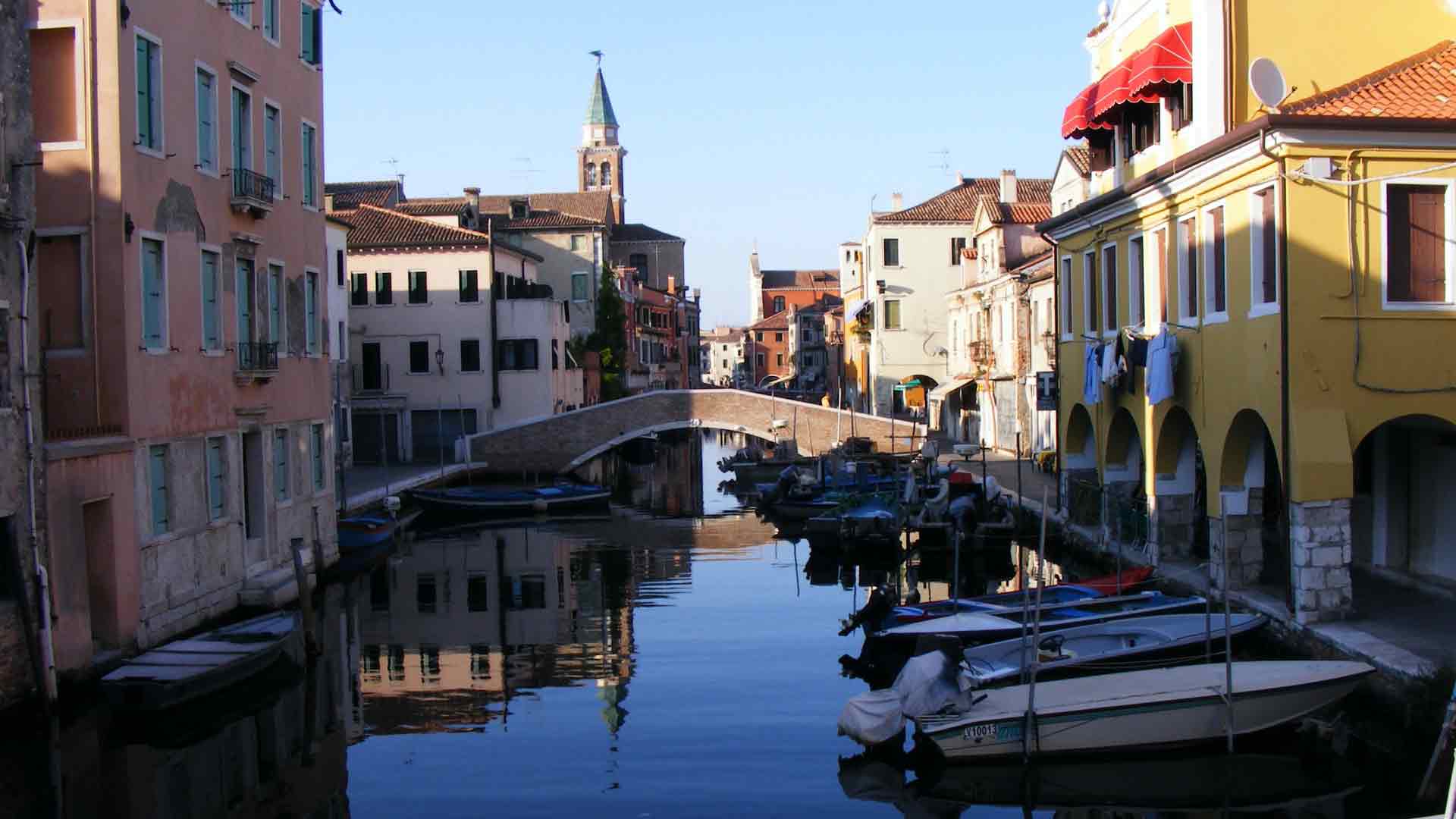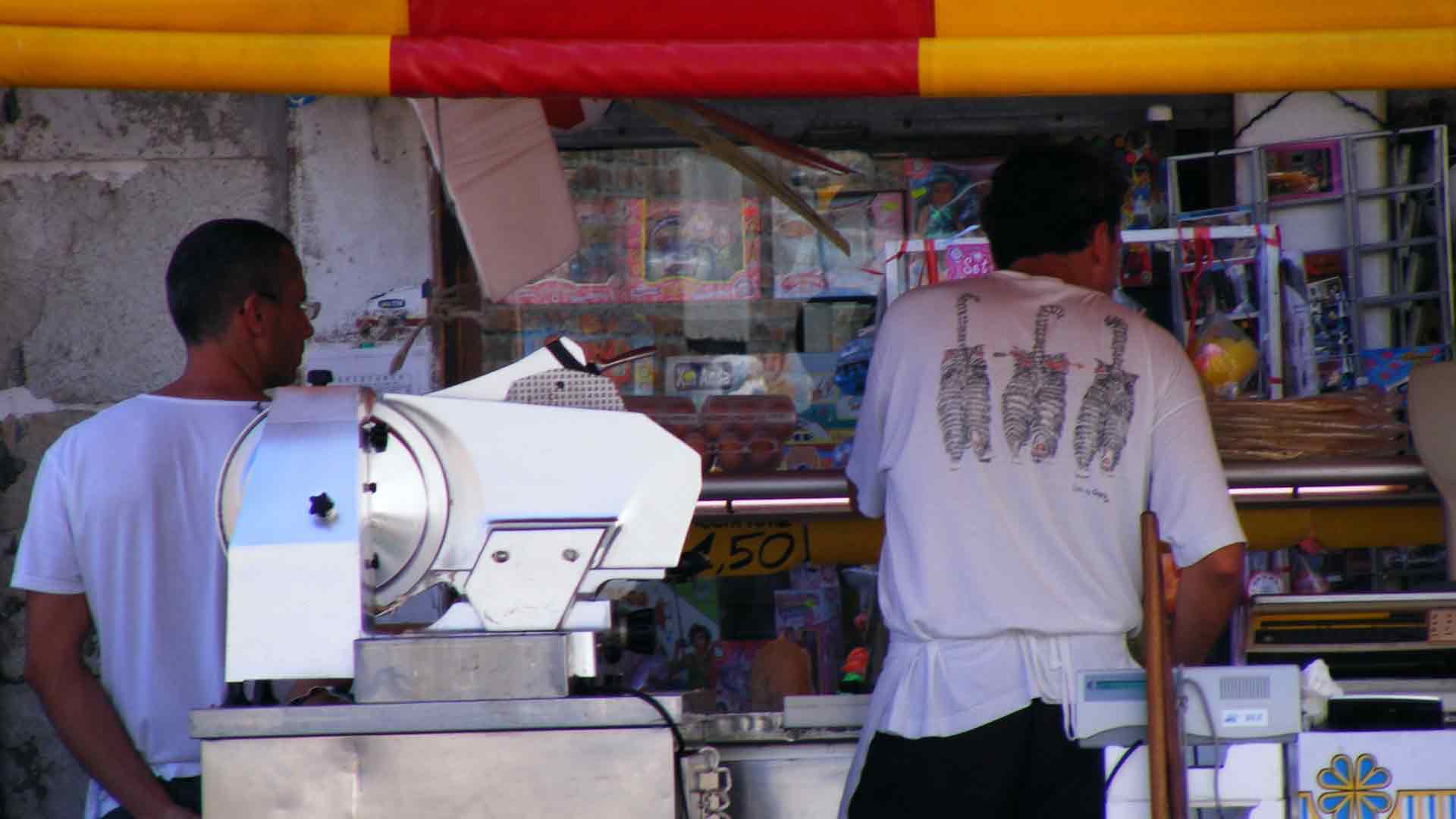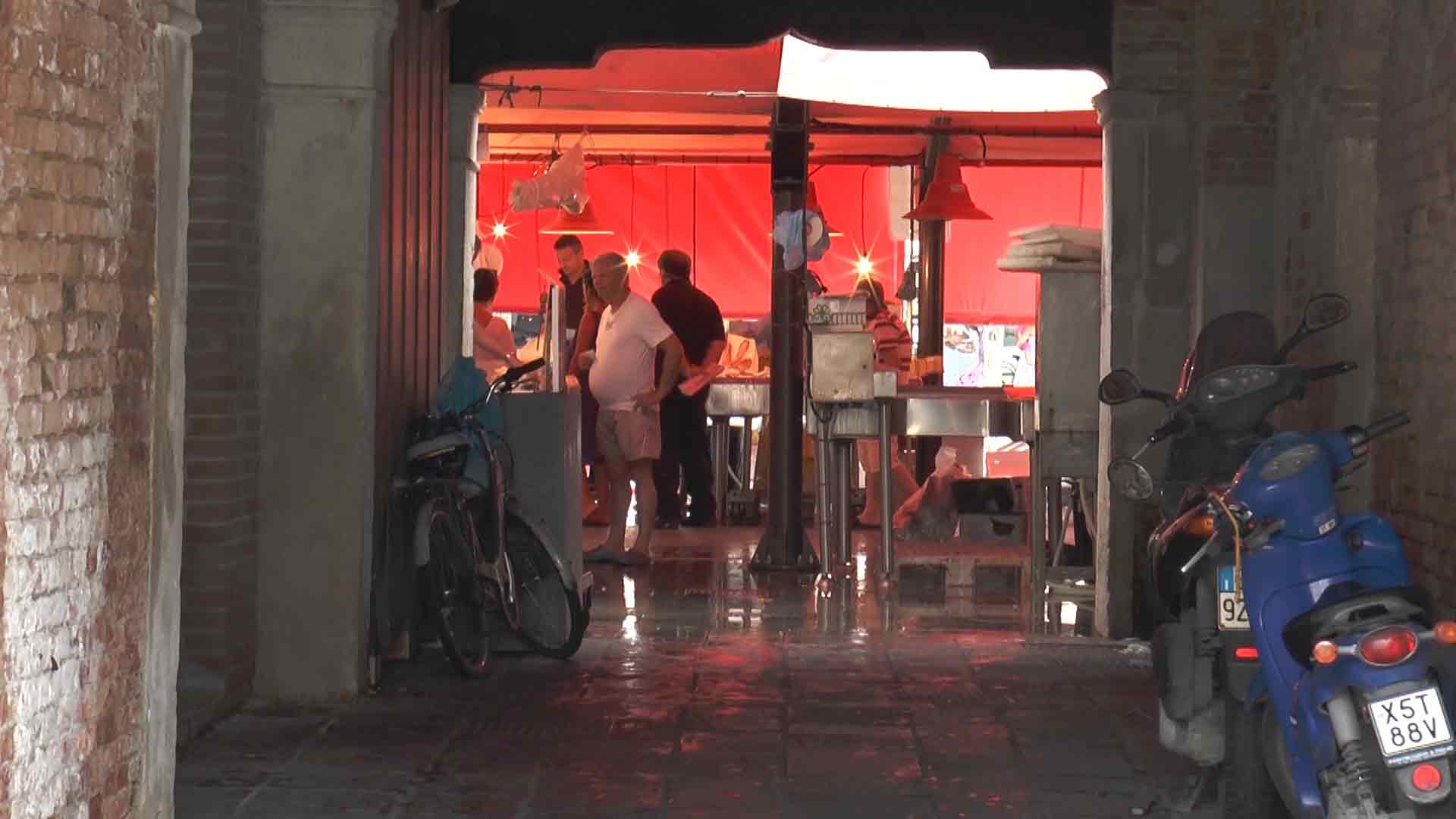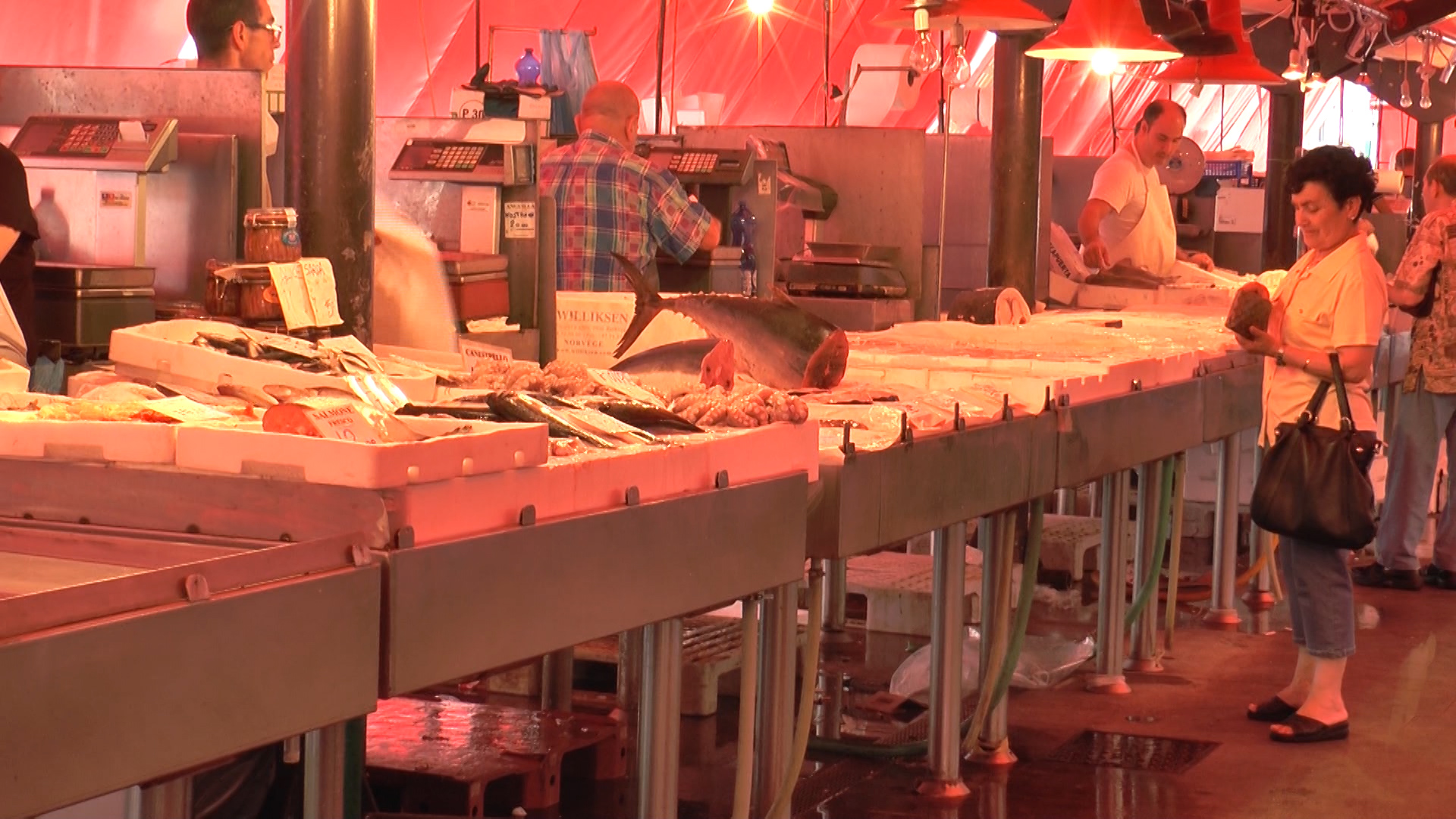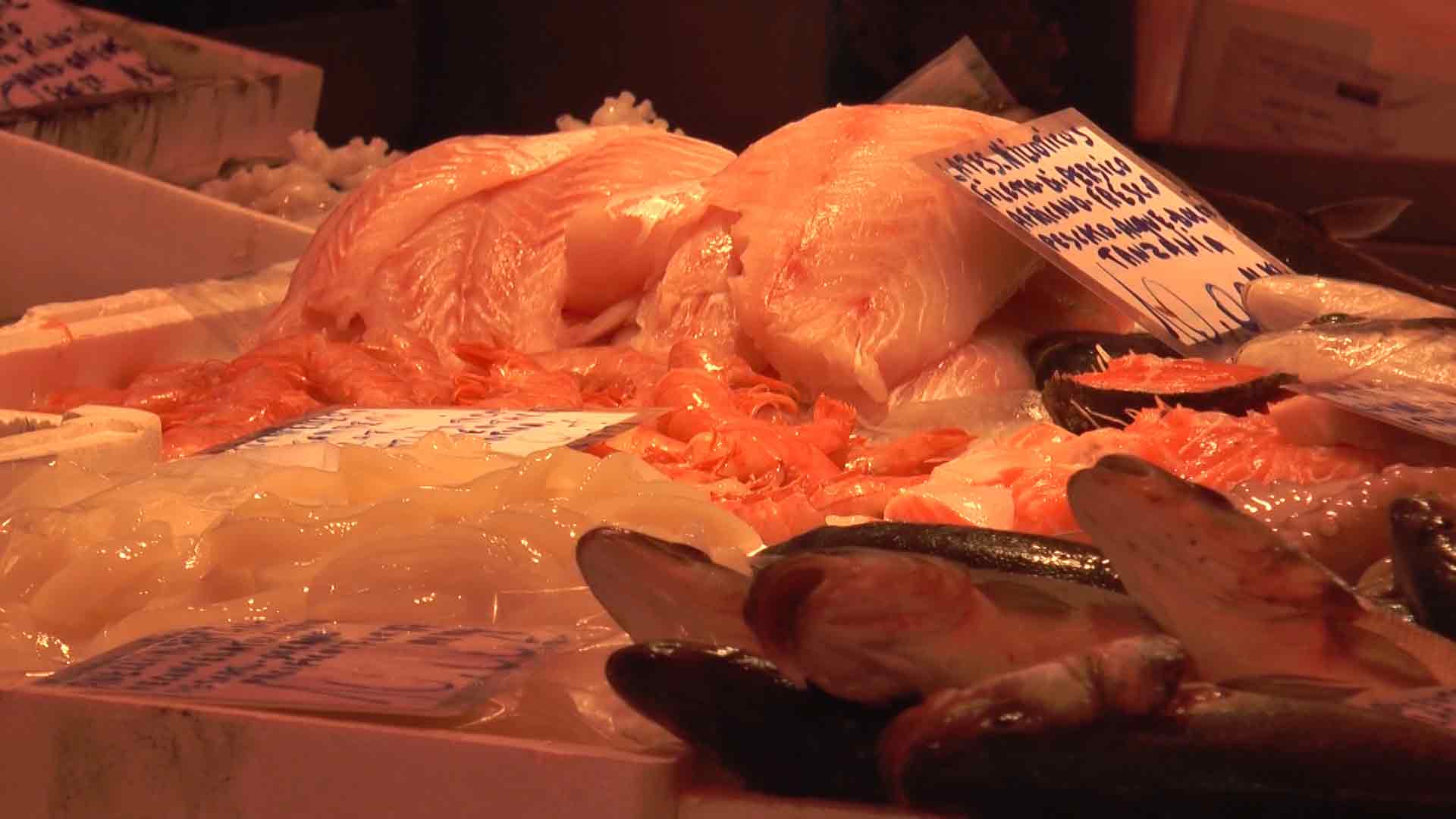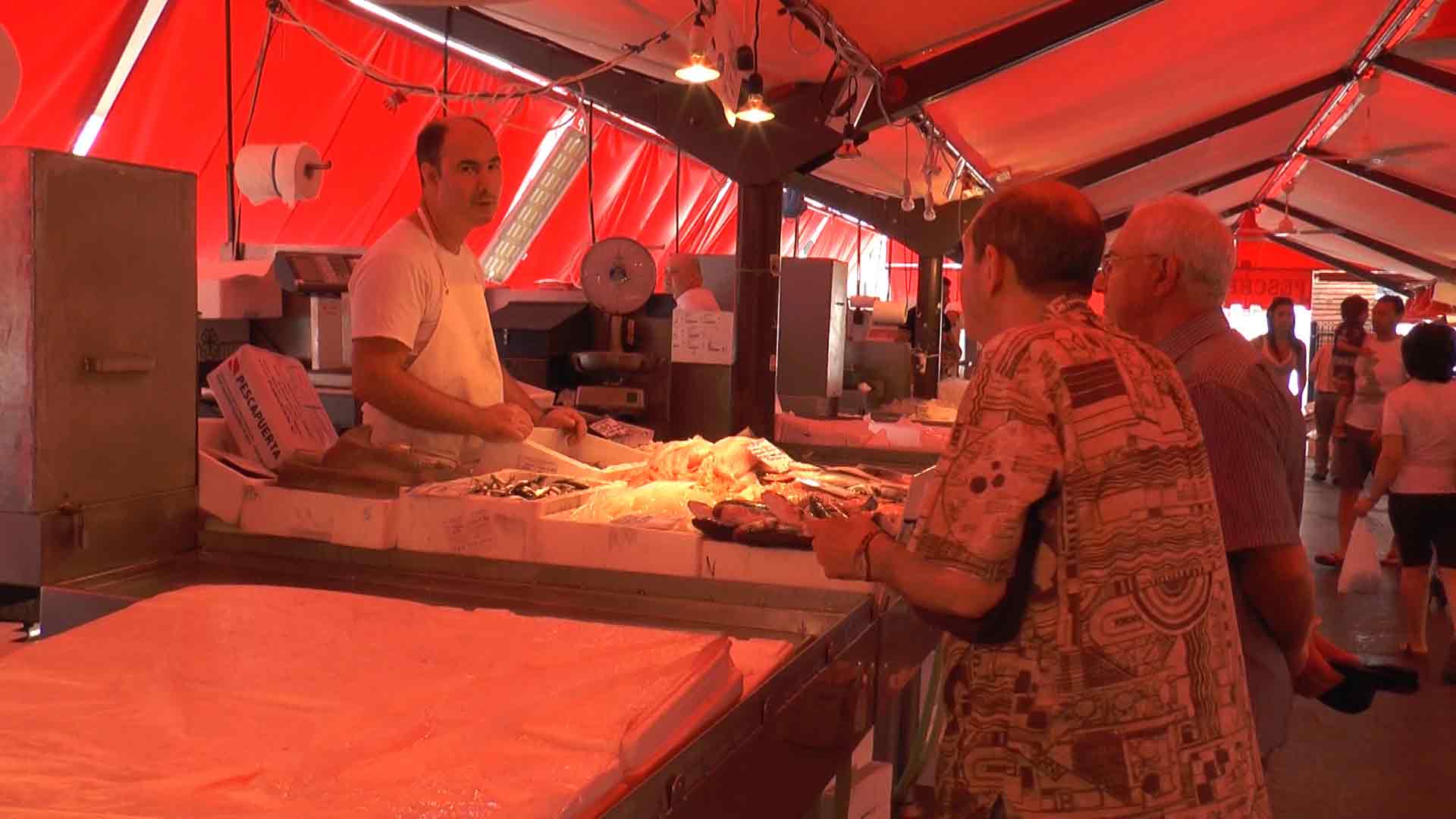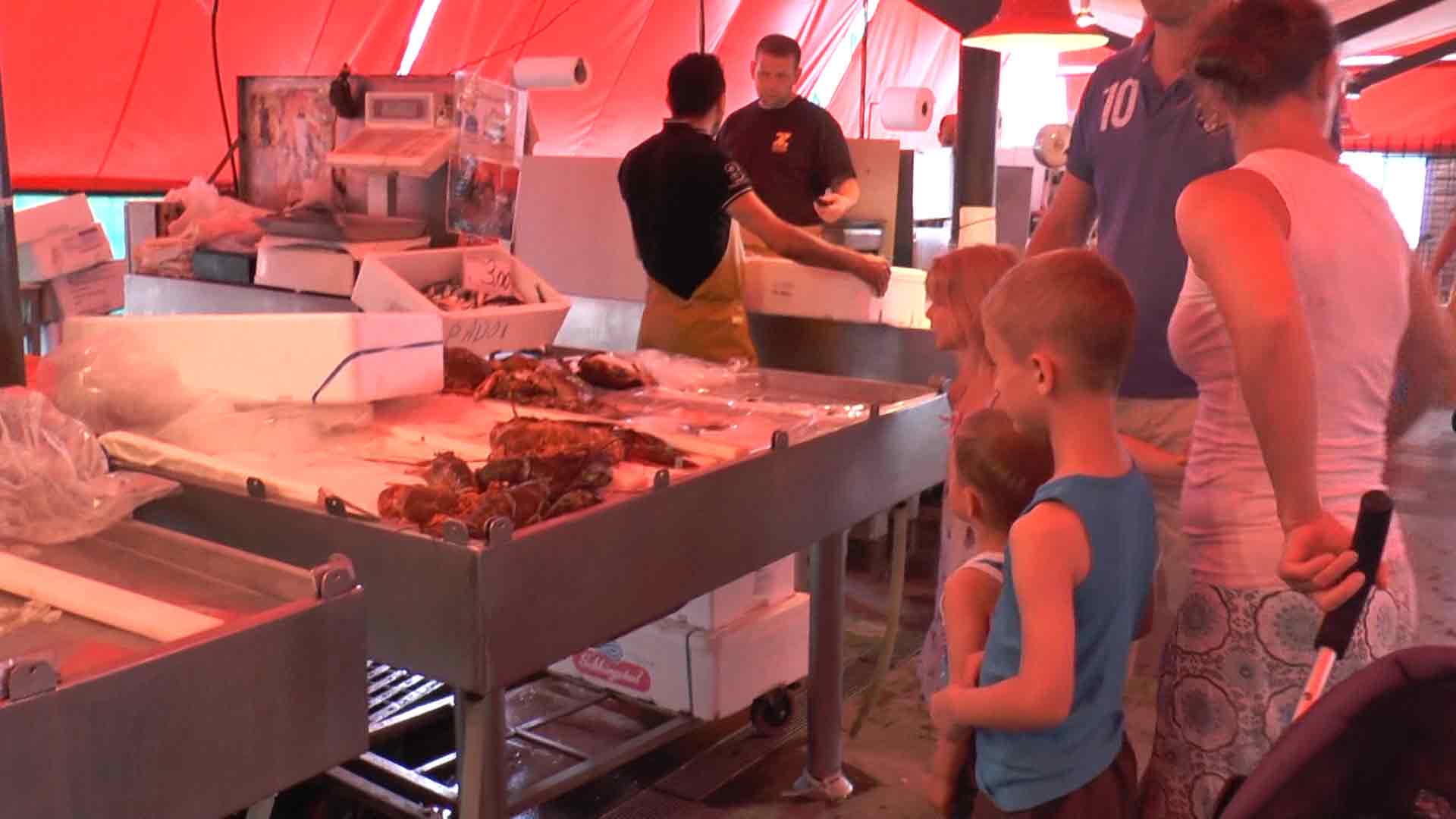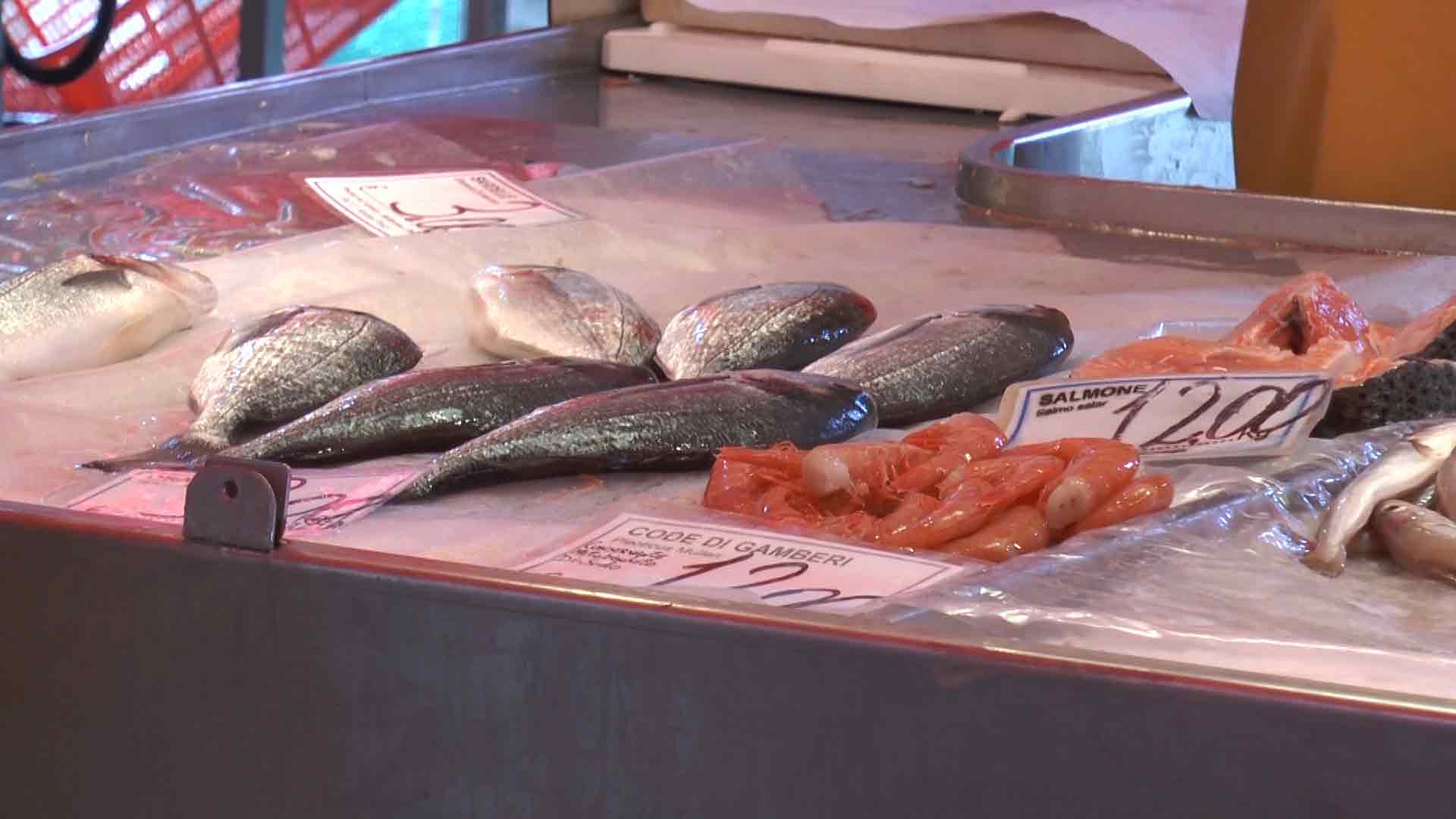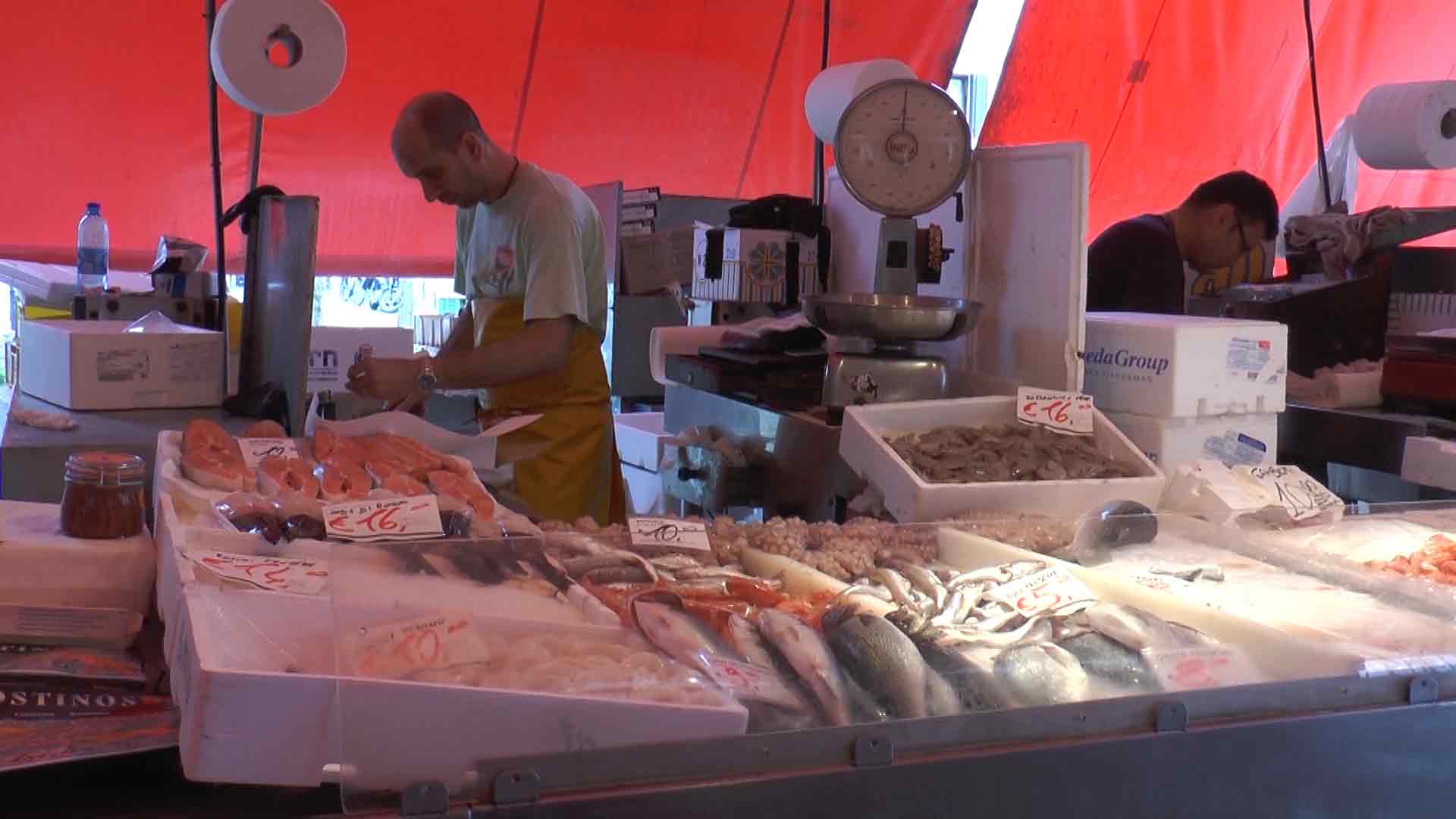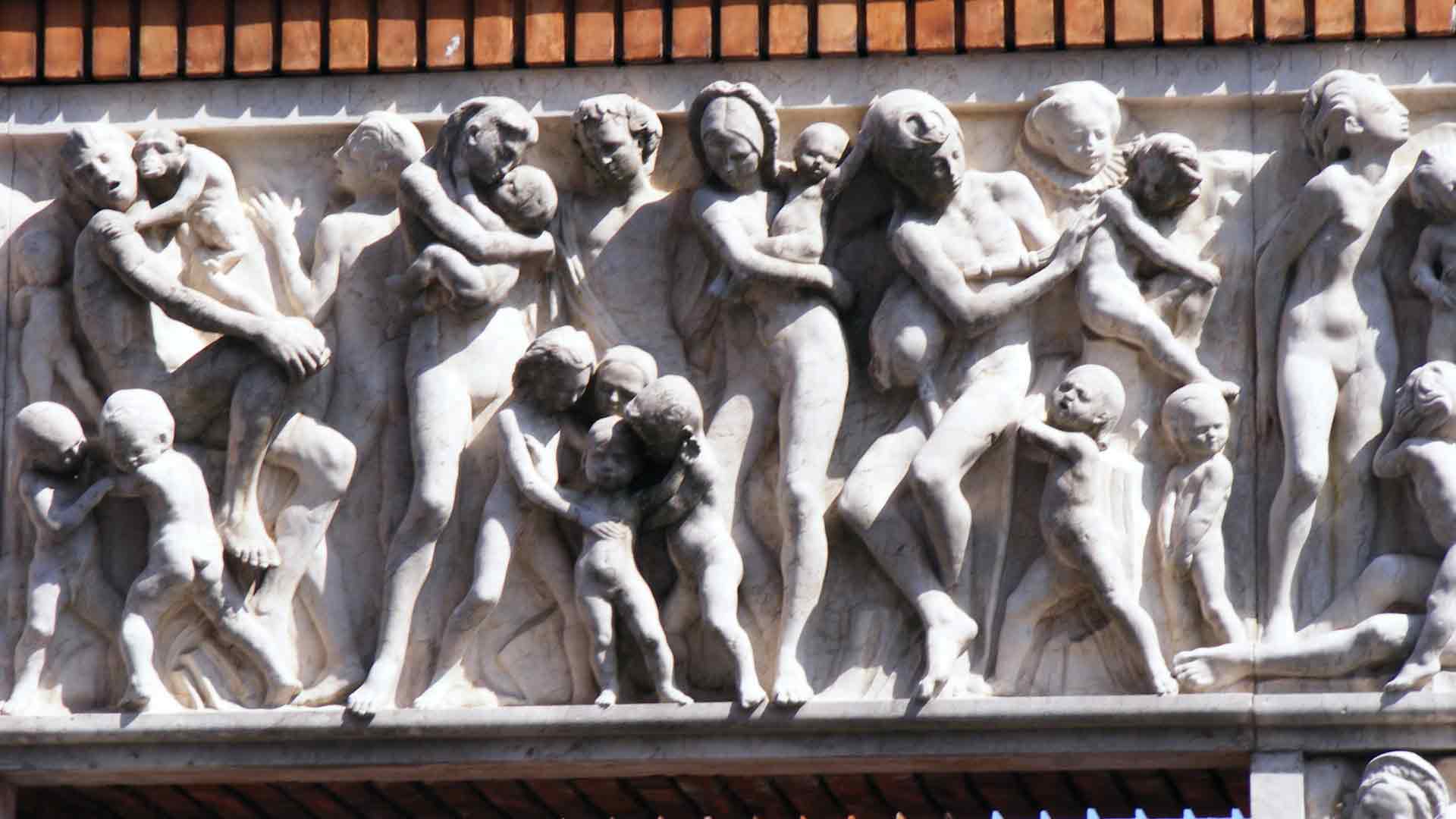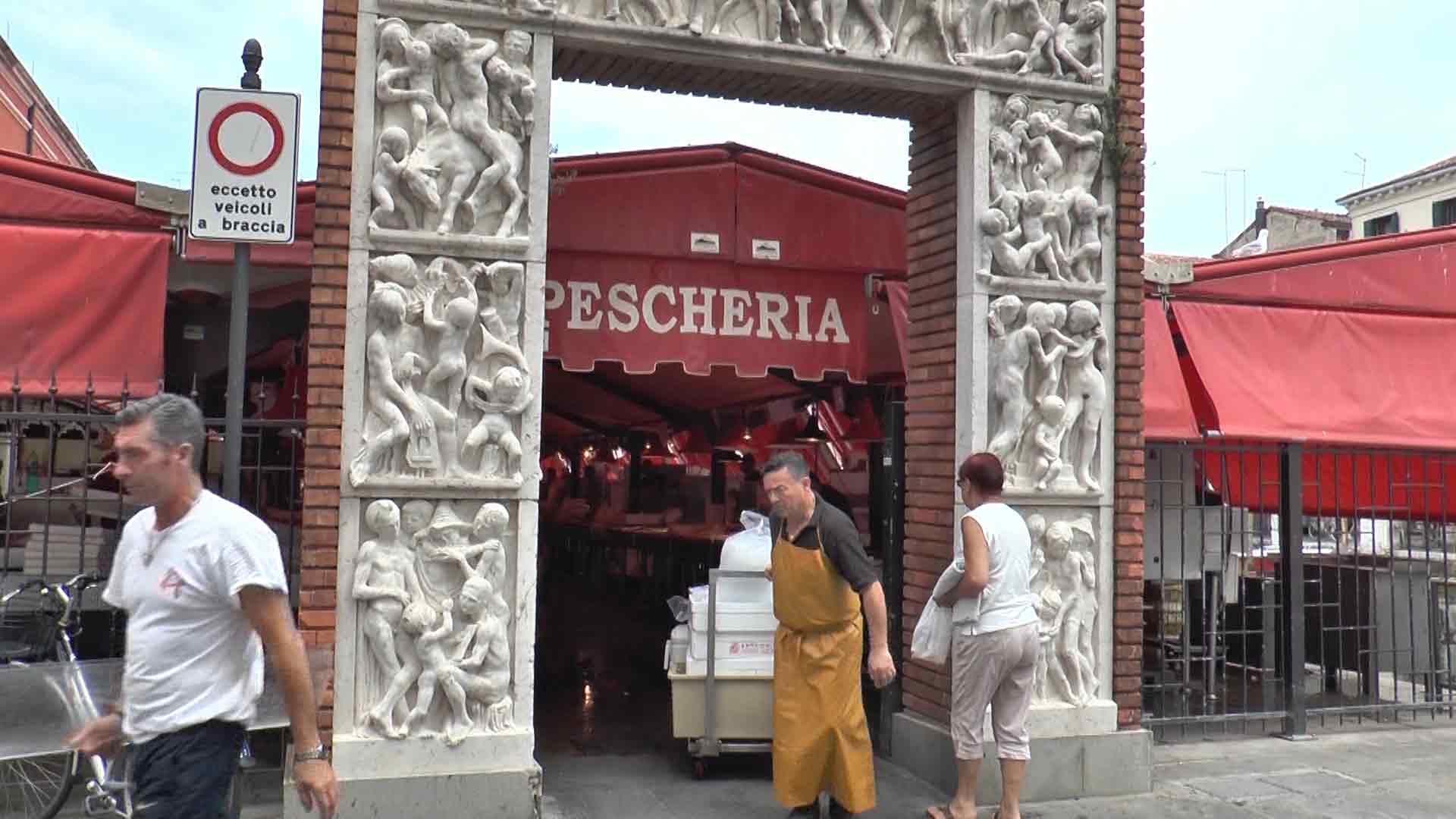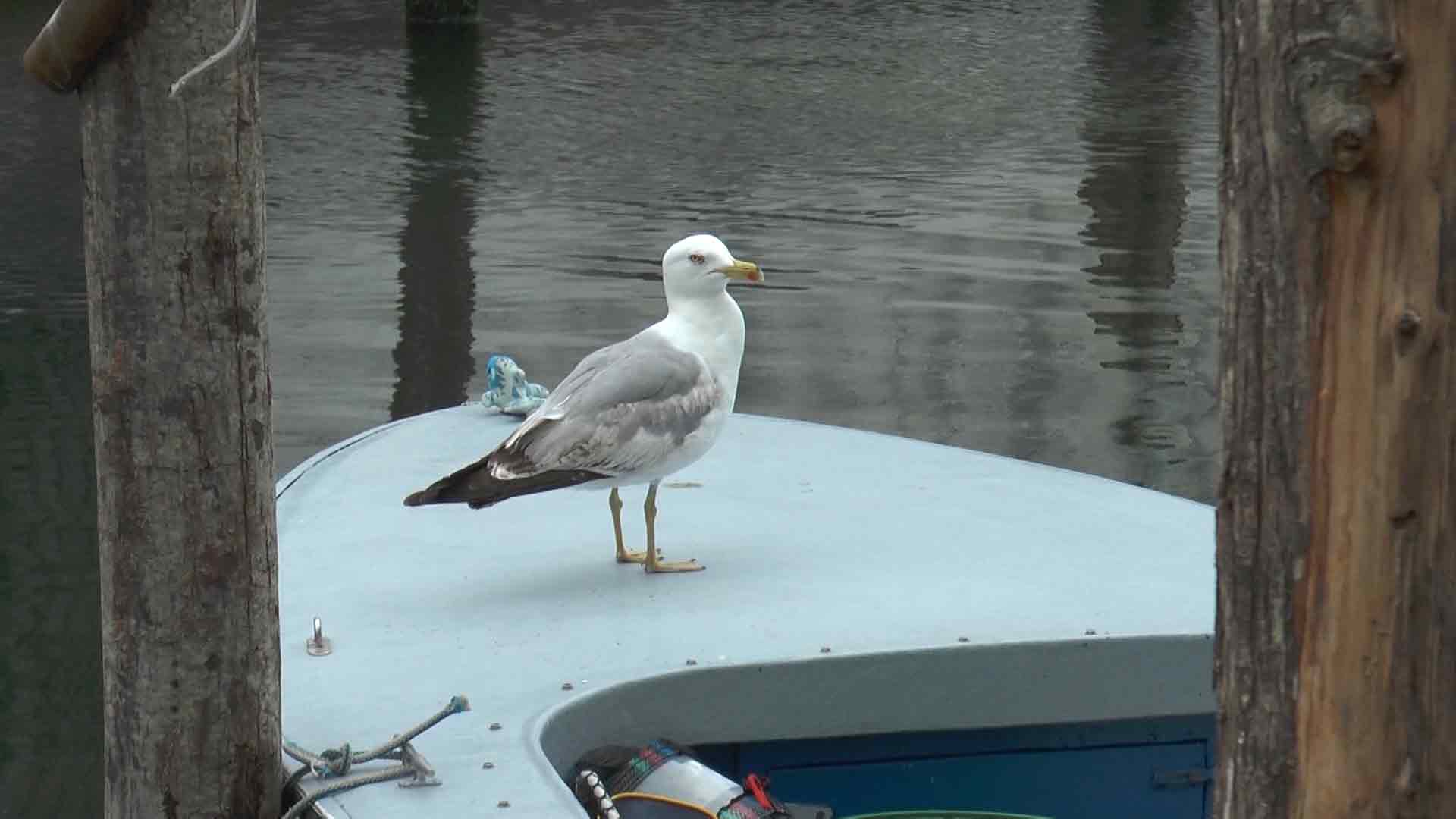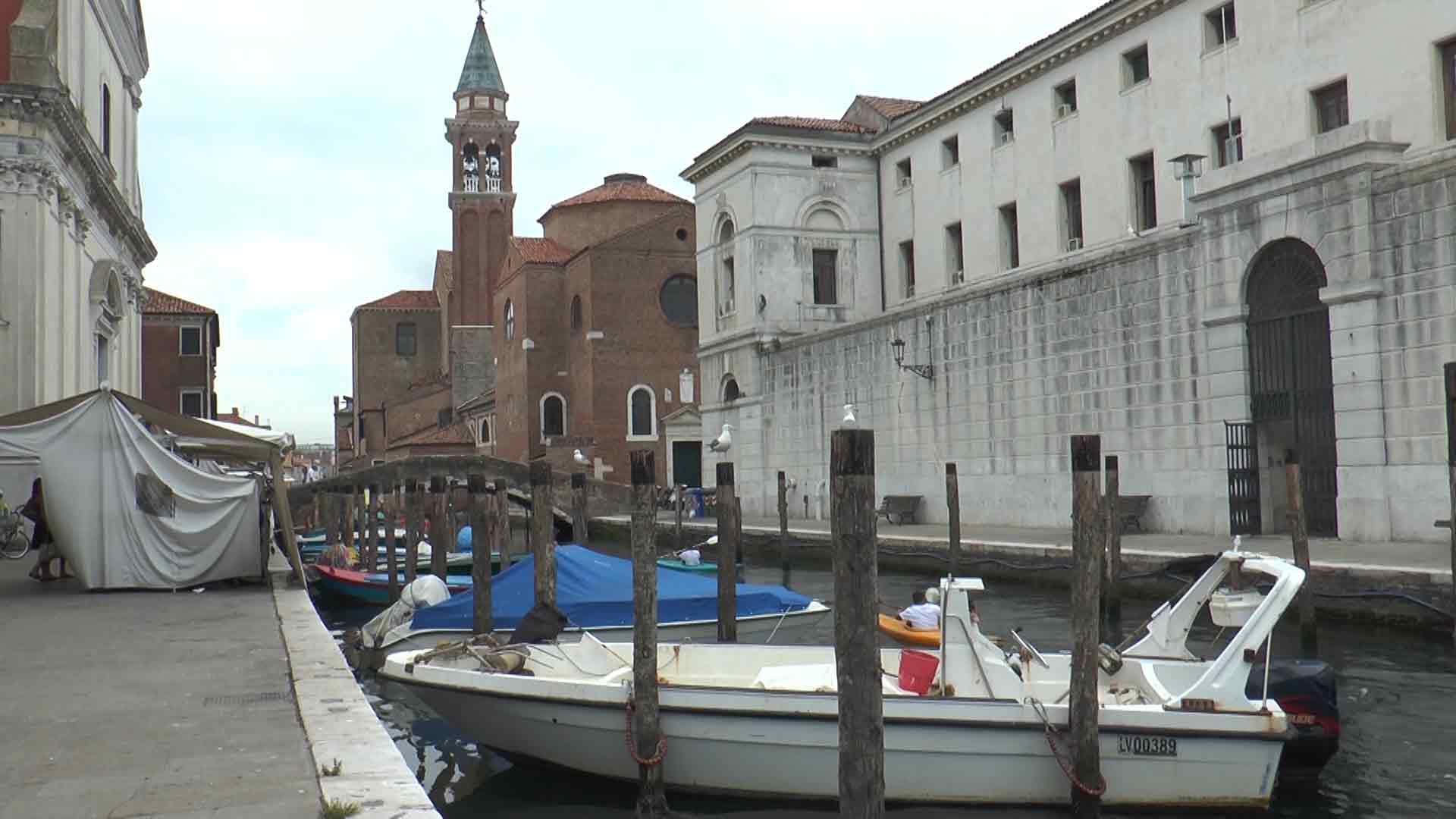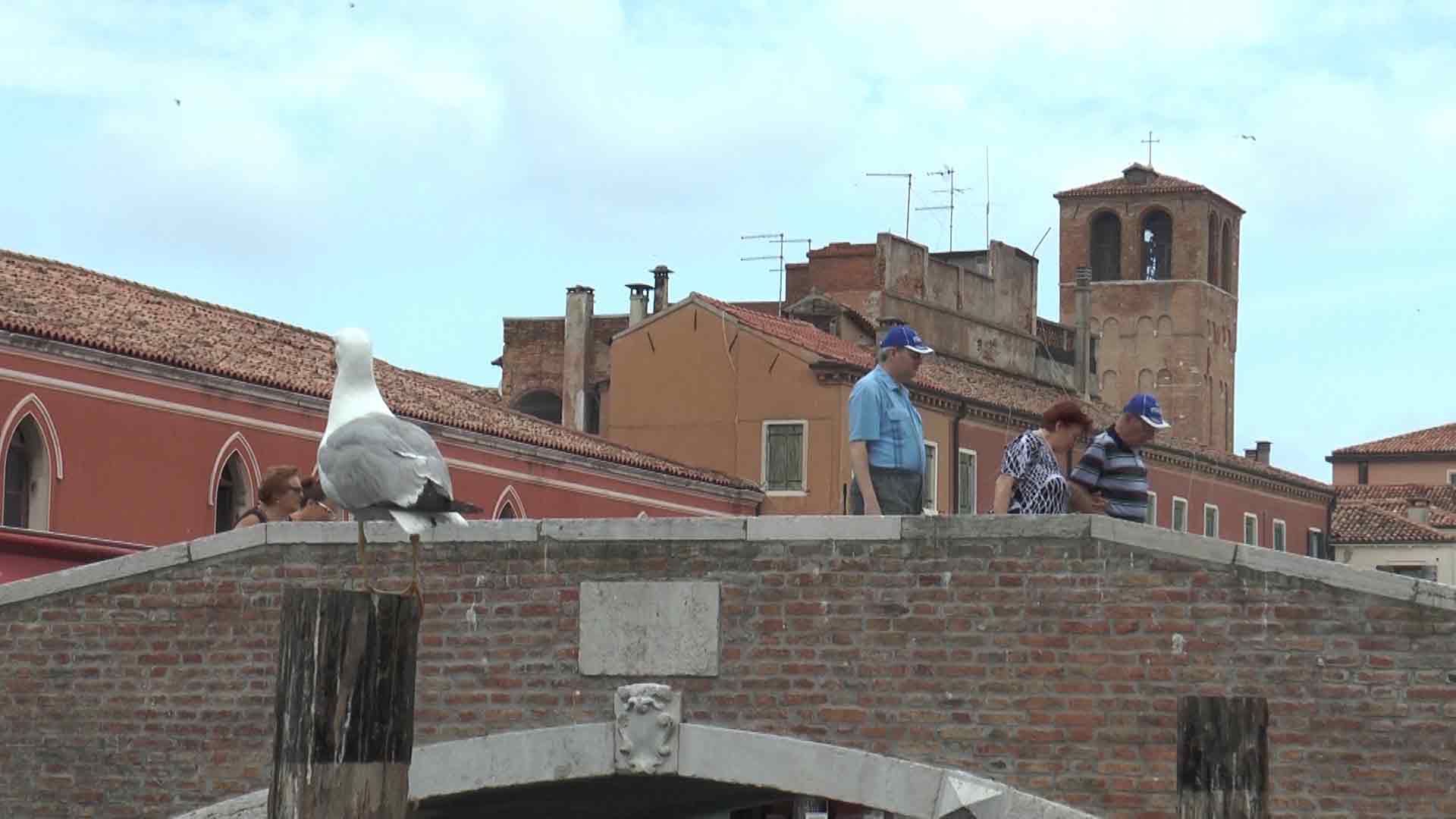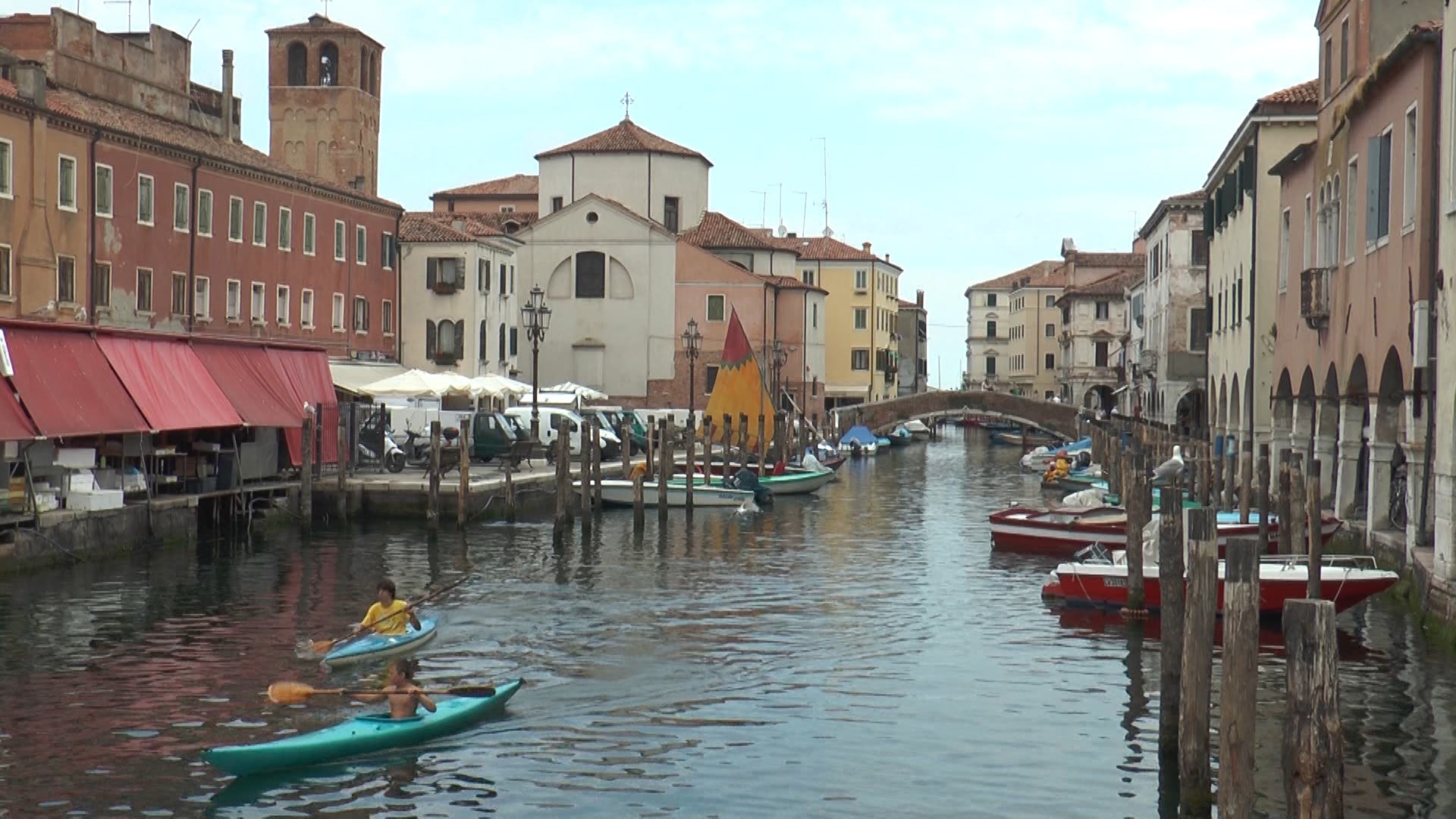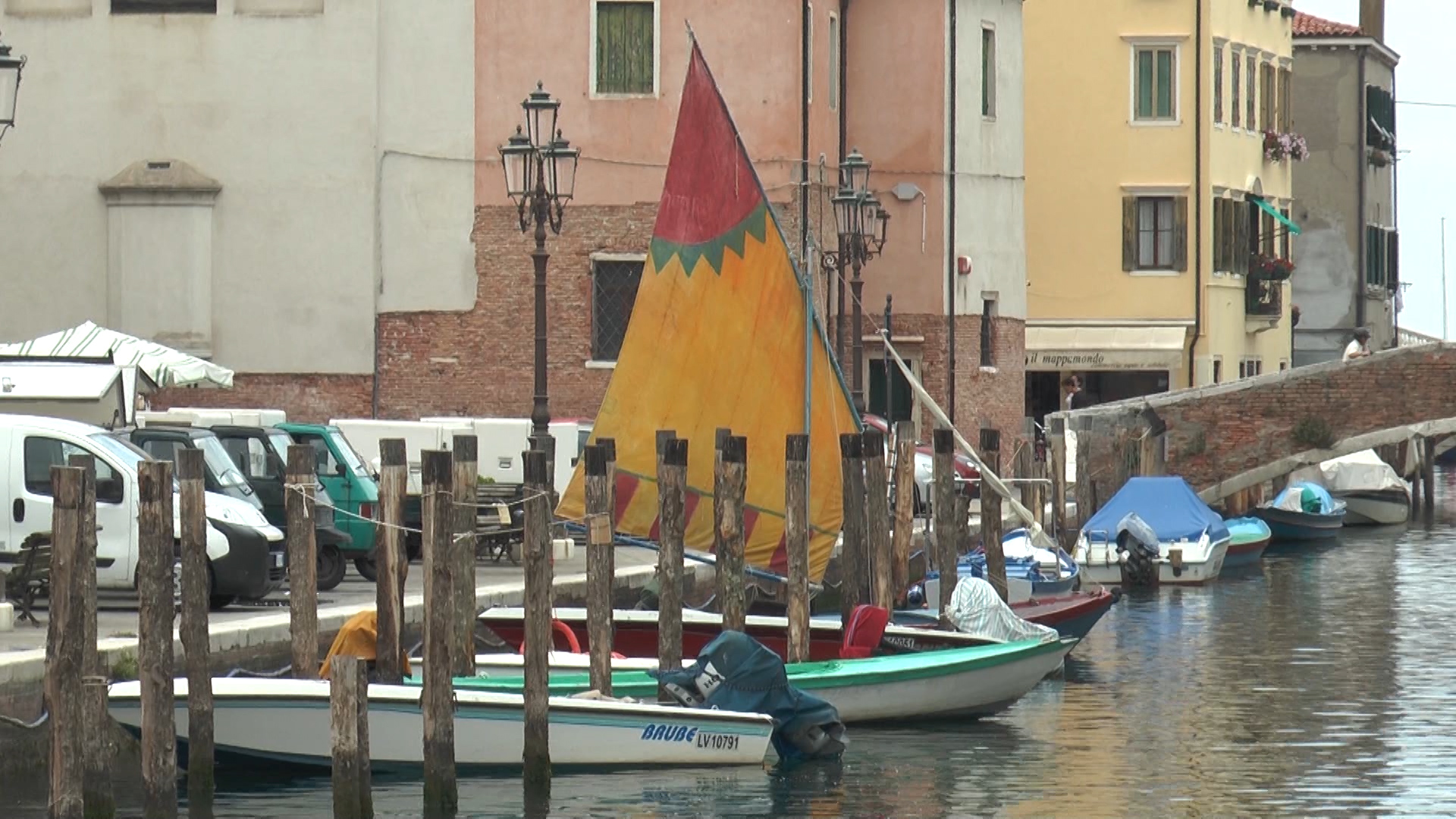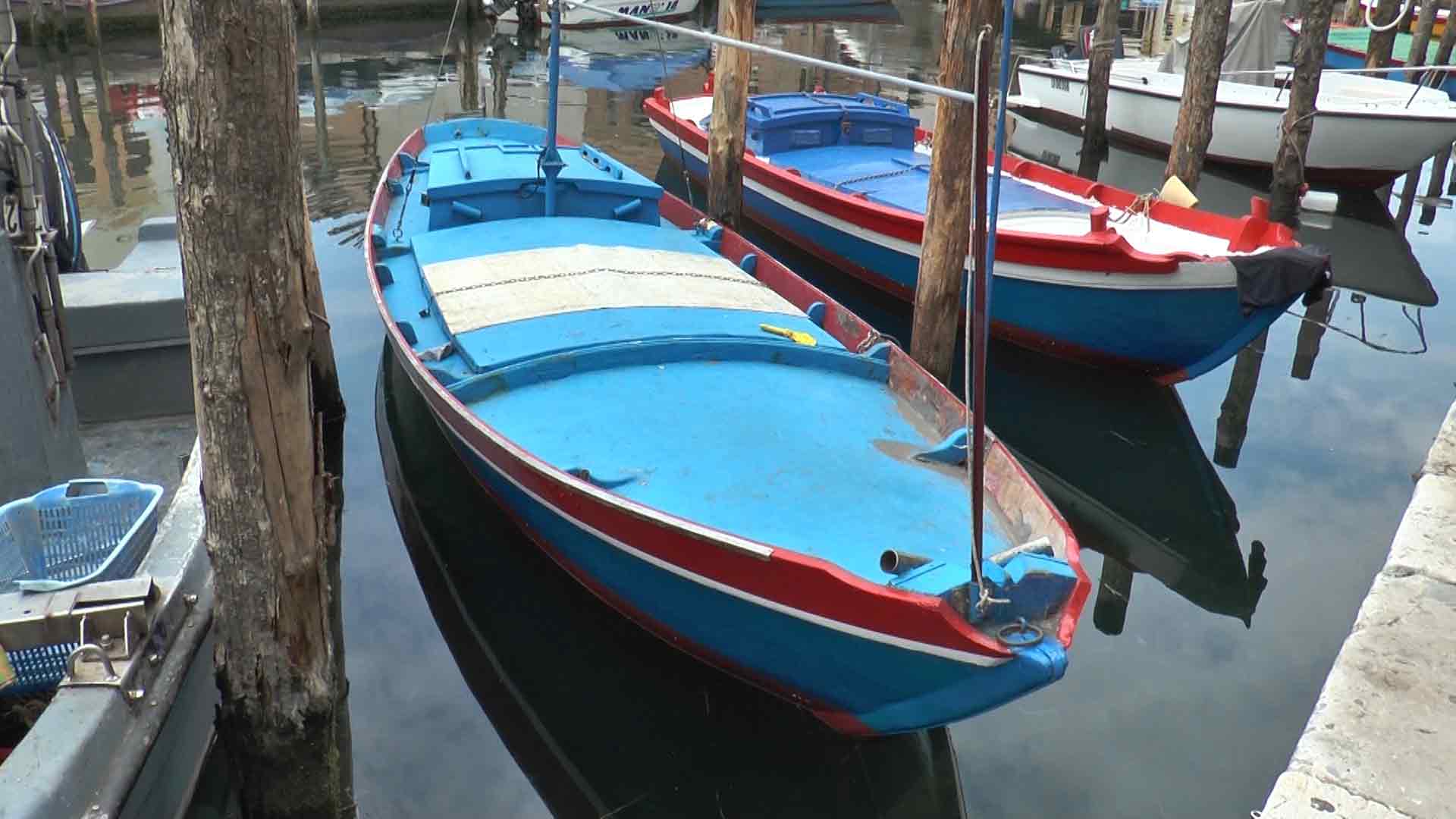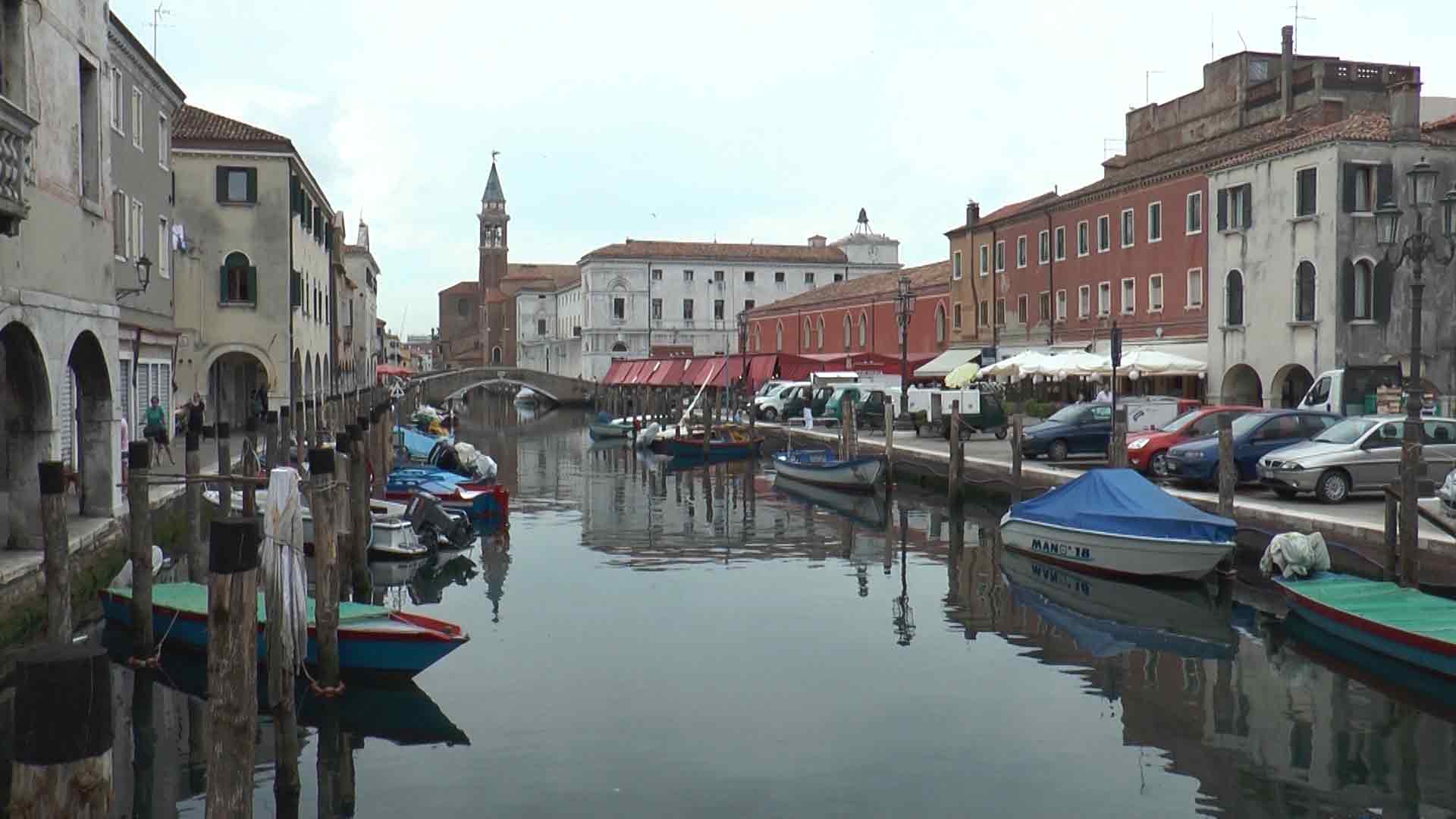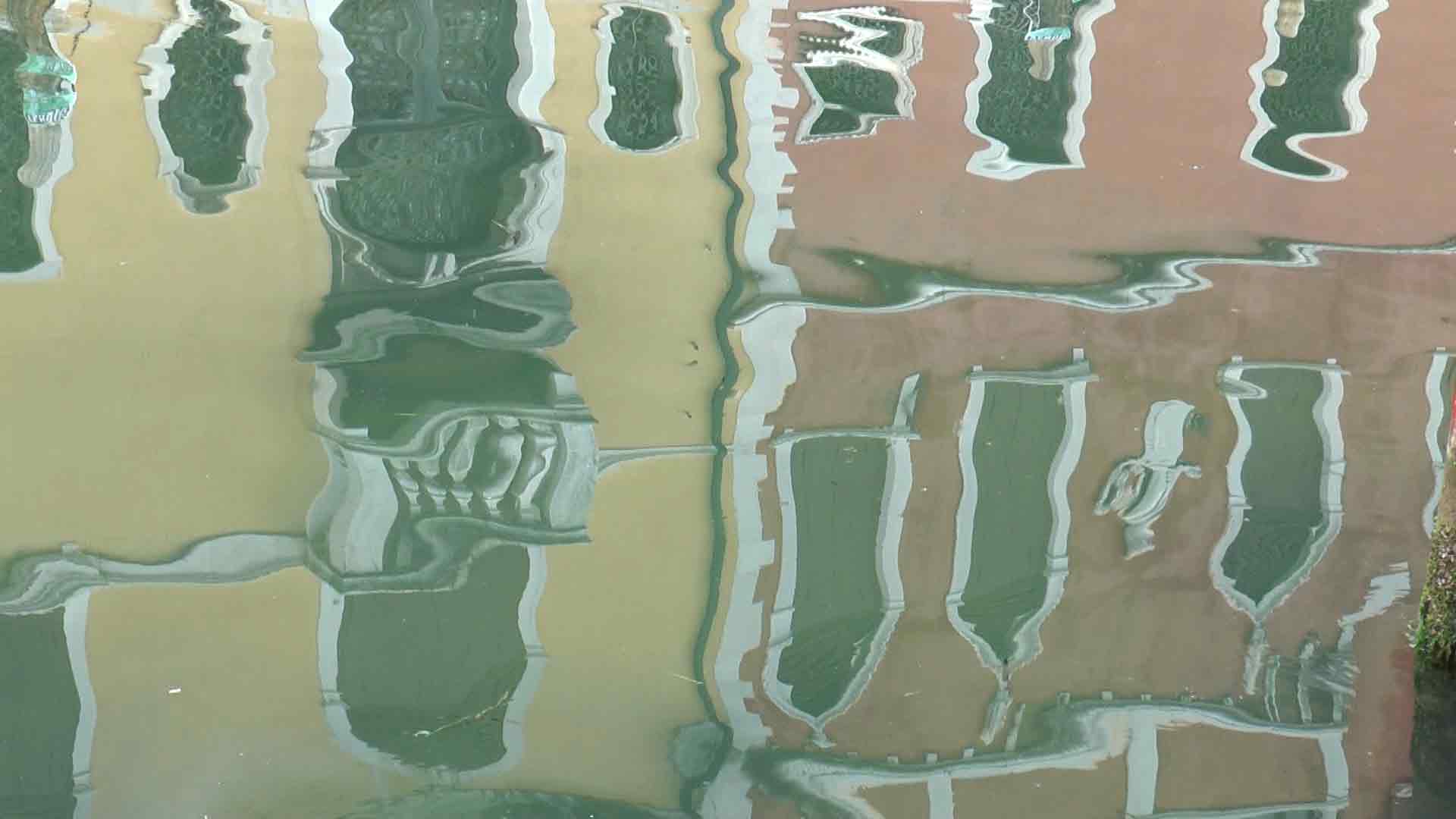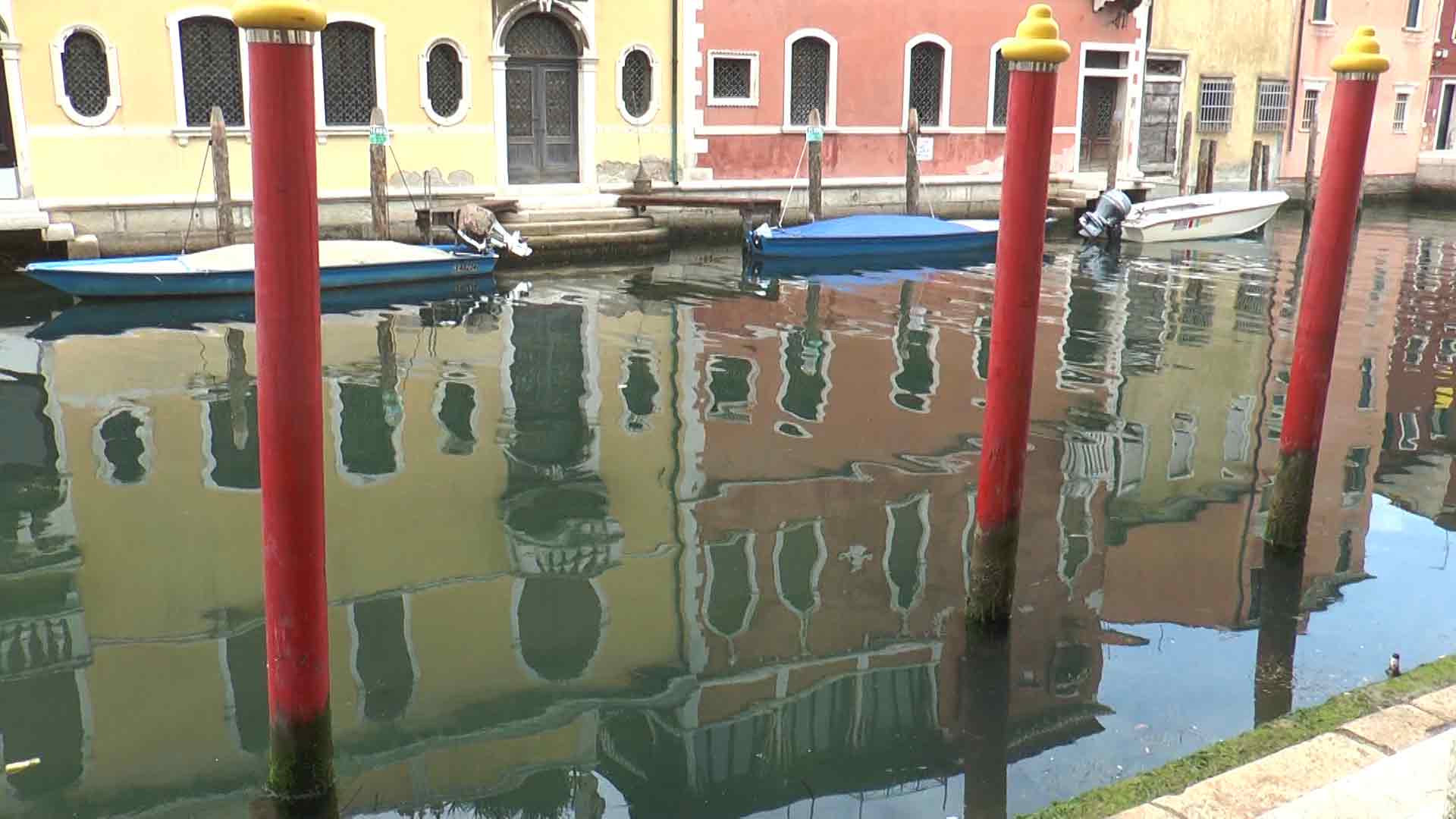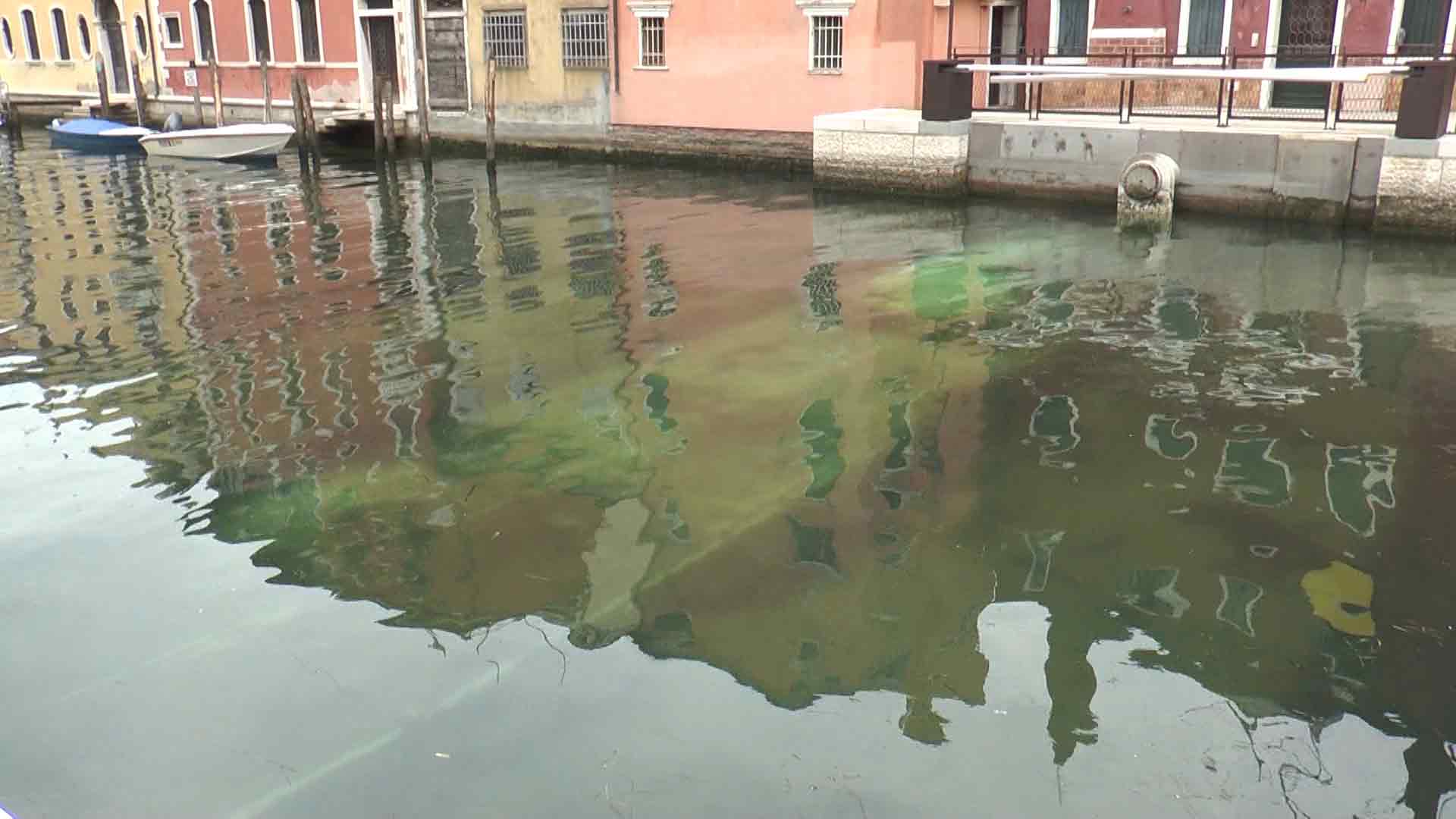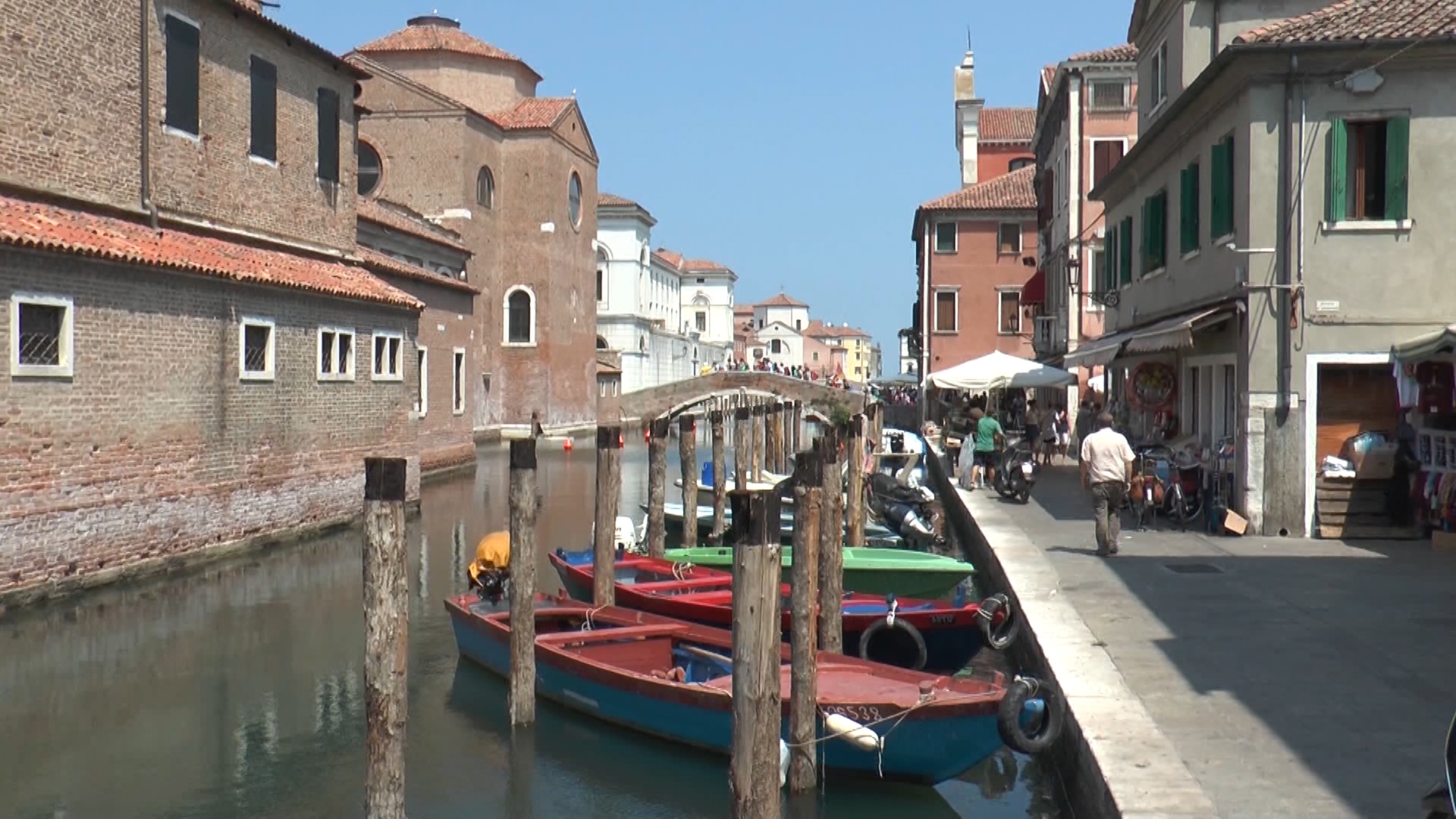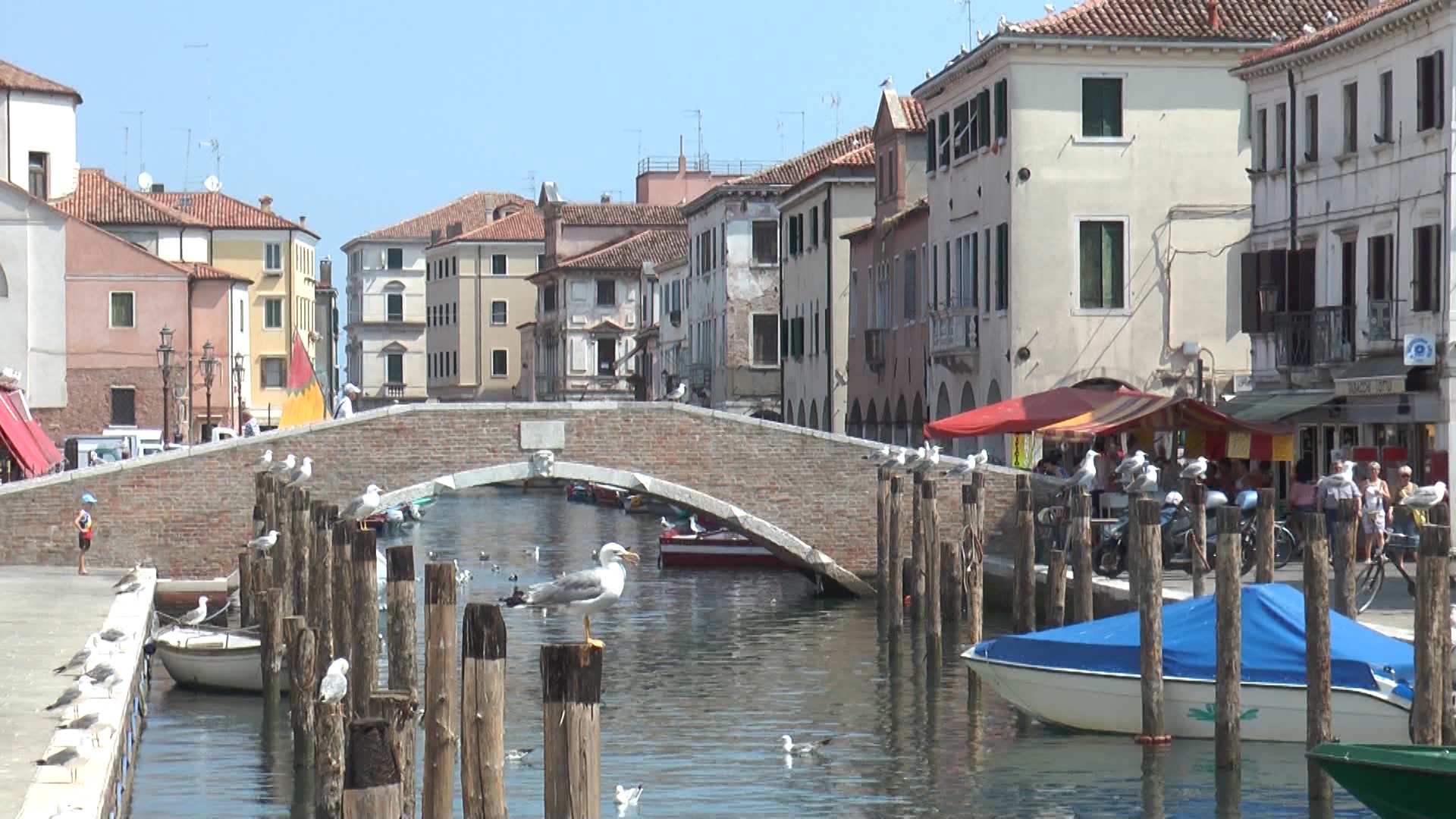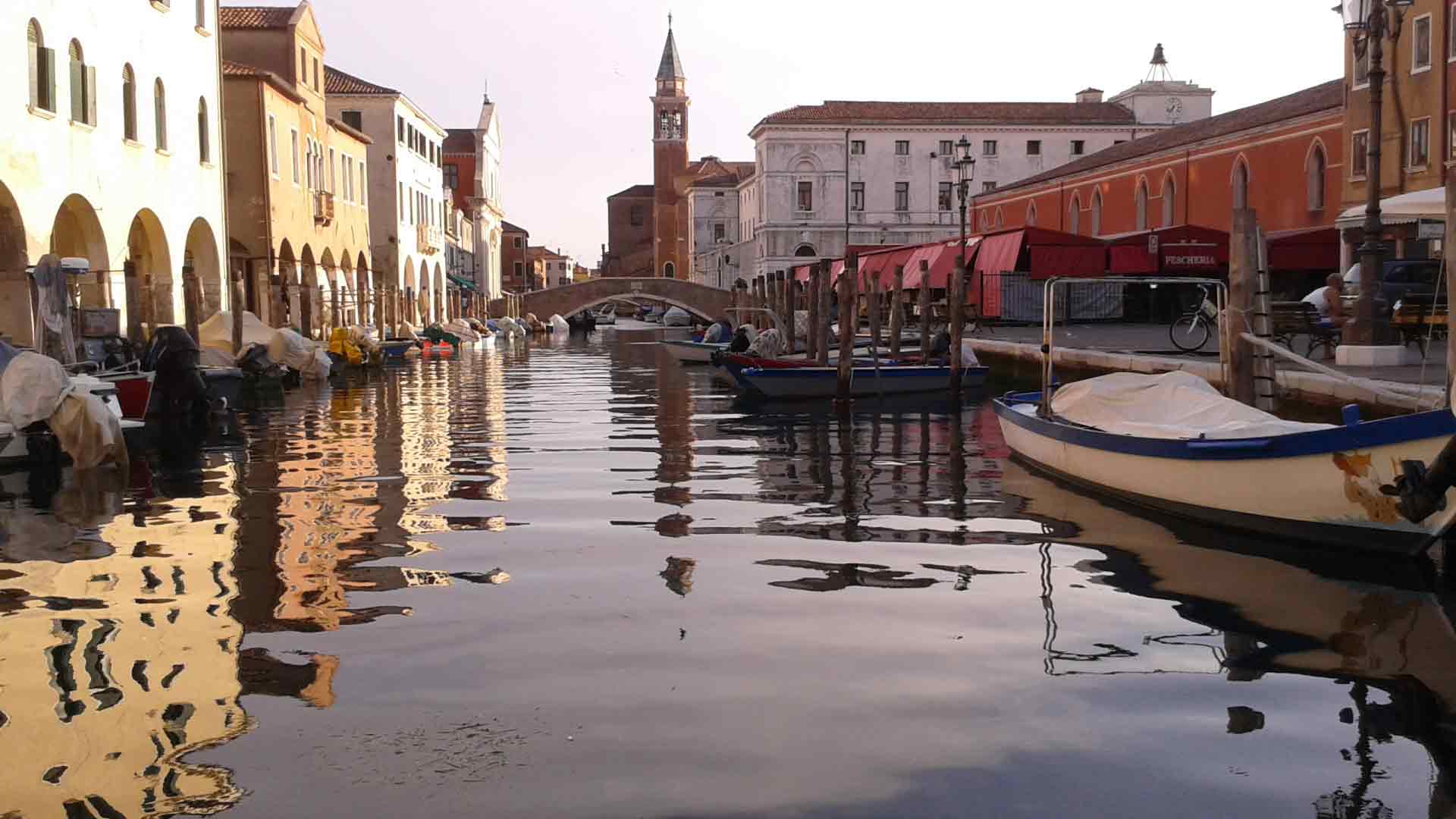Chioggia is also known as the “little Venice“, for the deep similarities with Venice: urban, social, economic and cultural ones. Yet, the city has maintained and defended its originality and traditions, but also its own charm that Venice itself can envy.
Among the 74 streets of Little Venice
The cultural, social, culinary and artistic centre of Chioggia, is developed all around the same area, which has its heart in the city-centre. The peculiar characteristic of the city is its urban herringbone plan, with High Street Corso del Popolo which serves as the main street from where 74 lanes branches off at right angles, on the right and on the left of the High Street; the city is then interrupted by channels, to be reunited later through an artistic sequence of parallel bridges to one another.
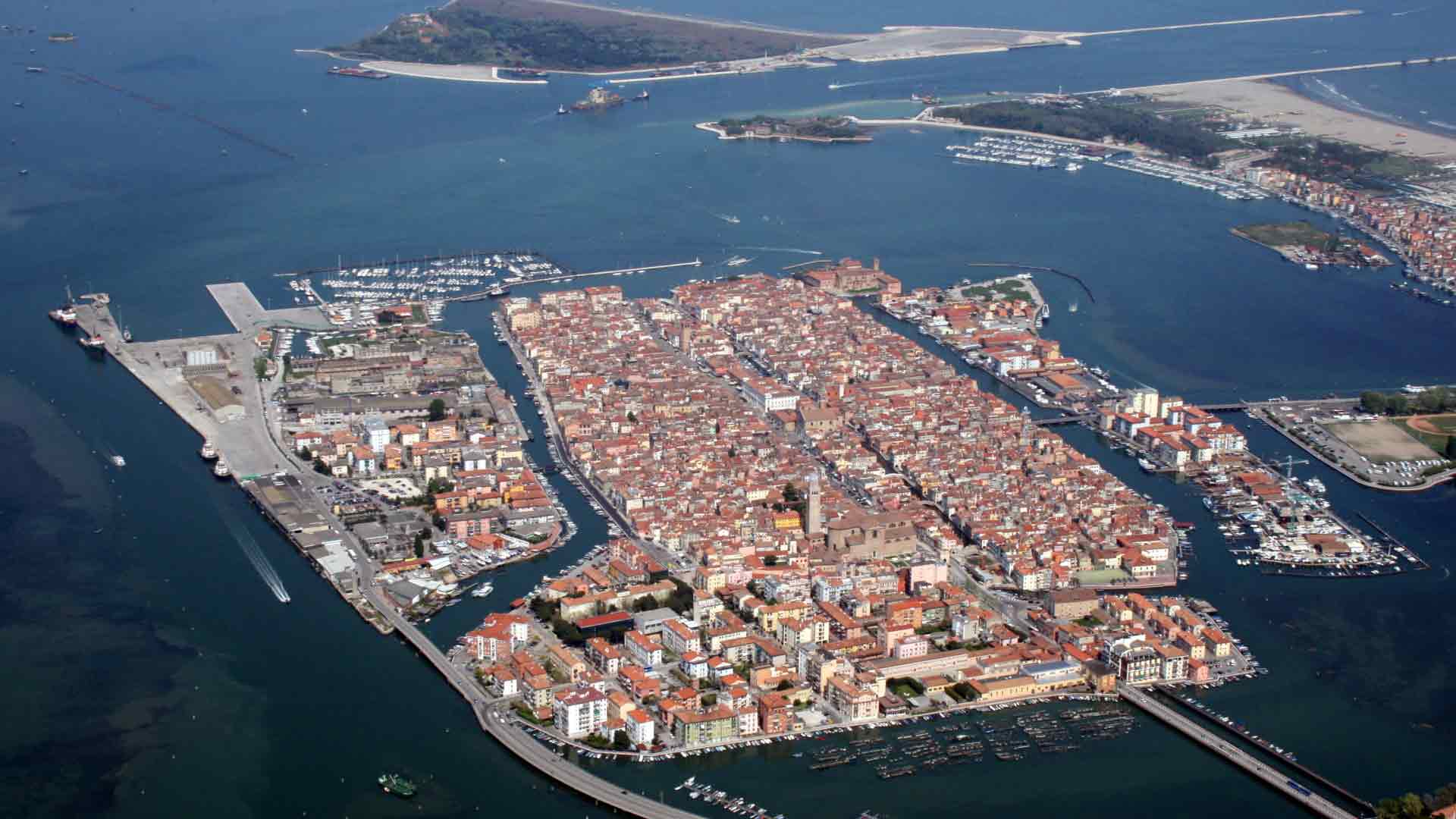
A particular feature of the city is its urban structure of fishbone, from where 74 lanes branches off at right angles
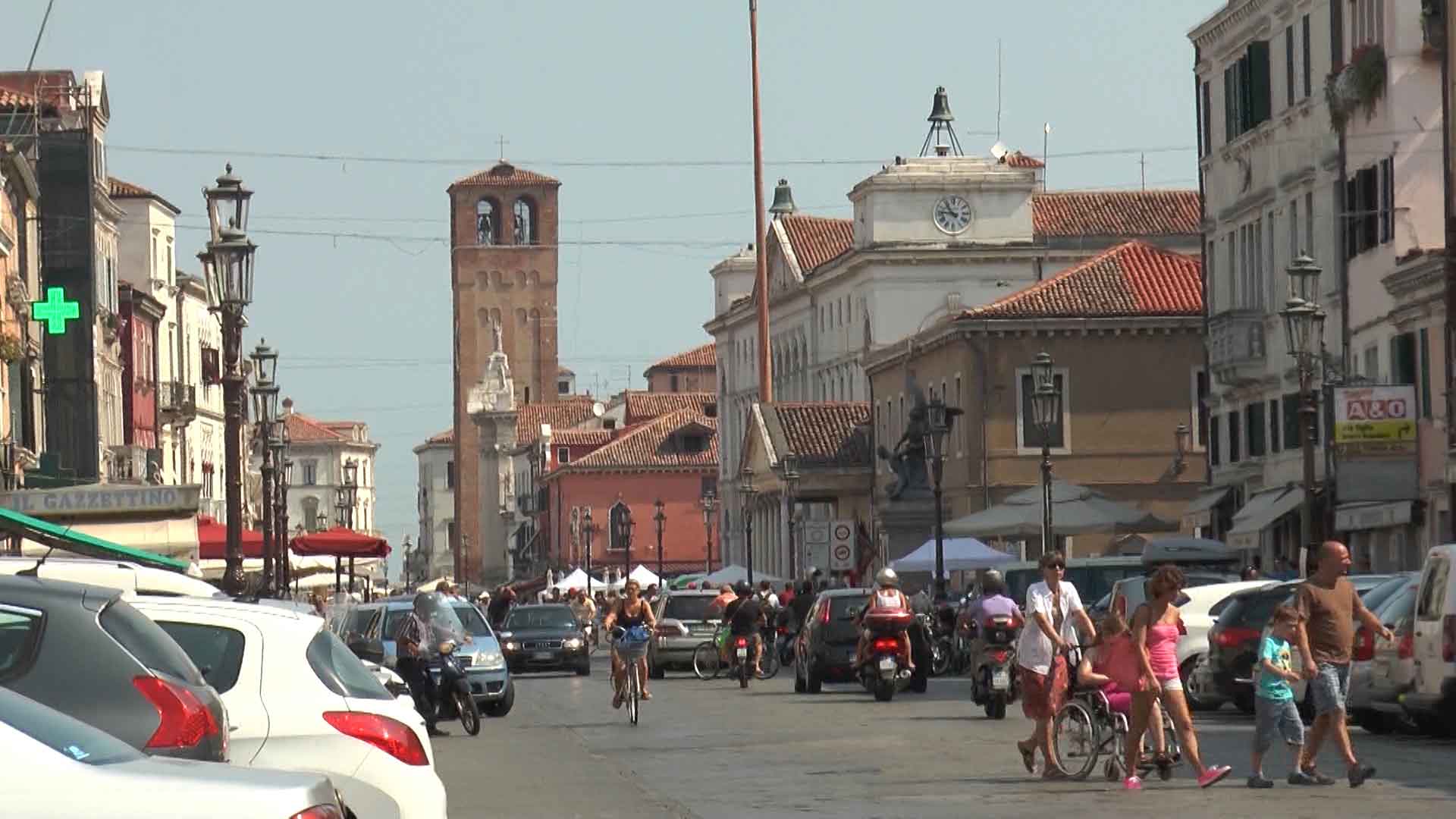
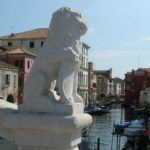
I have been to Chioggia and the ears still resound with the cheerful hum of those people, whose expressions and gestures are here, before my eyes (Johann Wolfgang von Goethe)
An urban structure that has facilitated over time the characteristics of a social life on its own, fertile ground for the imagination of Goldoni. But one could also conclude that perhaps the structure was itself generated by the social life of this ancient sea port.
Always contending with Venice, as all the towns dominated by the Venetian Serenissima there does not miss the emblem of the Republic, the lion, that the people from Chioggia made, but with the appearance of a cat in ridicule of the rulers: el gato de Ciòsa still dominates in Vigo, at the end of High Street, where you can board for the long Pellestrina Island: a charming strip of land 20 kilometers long and few hundred metres wide that separates the sea from the lagoon.
Between the picturesque towns of Pellestrina and San Pietro in Volta, where hundreds of fishing boats are docked, you can reach by bus the Lido and the city of Venice through the inlets that ensure the exchange of water of the lagoon and the passing boats, as Malamocco, where cargo ships and oil tankers pass to reach Marghera and the Petrochemical.
In Chioggia among lanes and balconies, you can listen to the echoes of the typical drawl of the inhabitants: the simple and straightforward people, always linked to the life of the sea (illustrated by the Museum of Adriatic zoology Giuseppe Olivi) that between Chioggia and the Venetian lagoon strip of Pellestrina has seen the growth of one of the most important fishing port of the Adriatico sea. Among the places worth visiting there are: the Clock Tower; the Museum of the South Laguna, which contains interesting archaeological records and documents on the lagoon, deeply connected with the fishing activity; the Diocesan Museum which contains valuable paintings (Giovanni Bellini, Cima da Conegliano, Paolo Veneziano, Palma Vecchio), silverware and witnesses of popular faith.
Among the most interesting things, the reconstruction of the ancient and wise engineering building which allowed to build on the water for centuries.

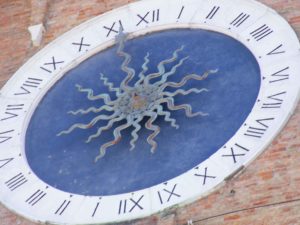
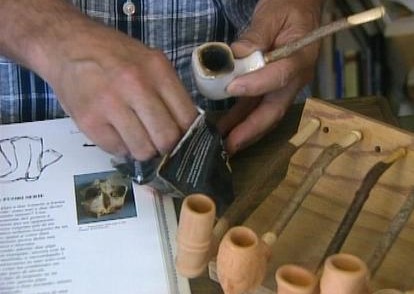
A tip: try and visit the museum of the pipe, which collects specimens unobtainable popular pipe built with clay and makeshift means, which still sometimes emerge while plowing the fields.
A nice way to visit Chioggia and the lagoon surroundings is to do it with the Bragozzo Ulisse: glimpses and stories of a city deeply linked to the sea.

